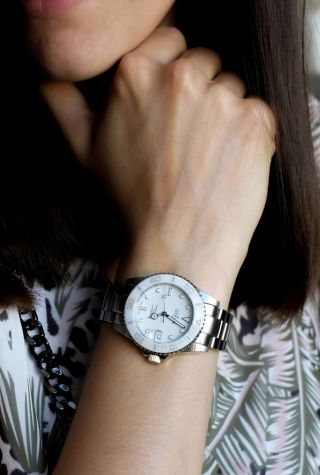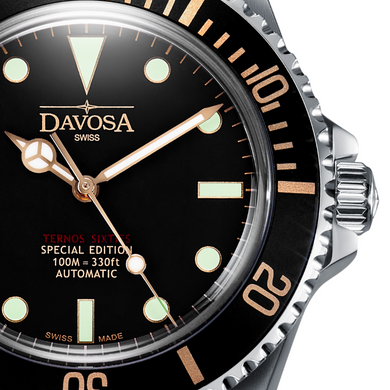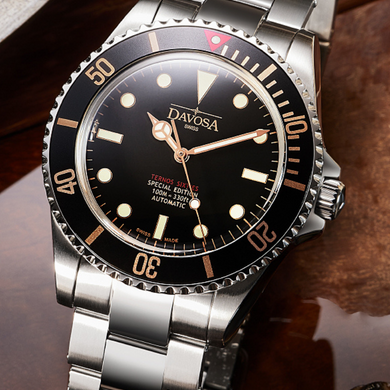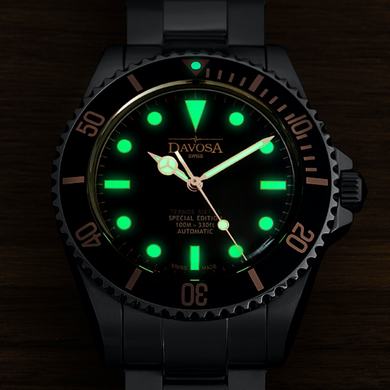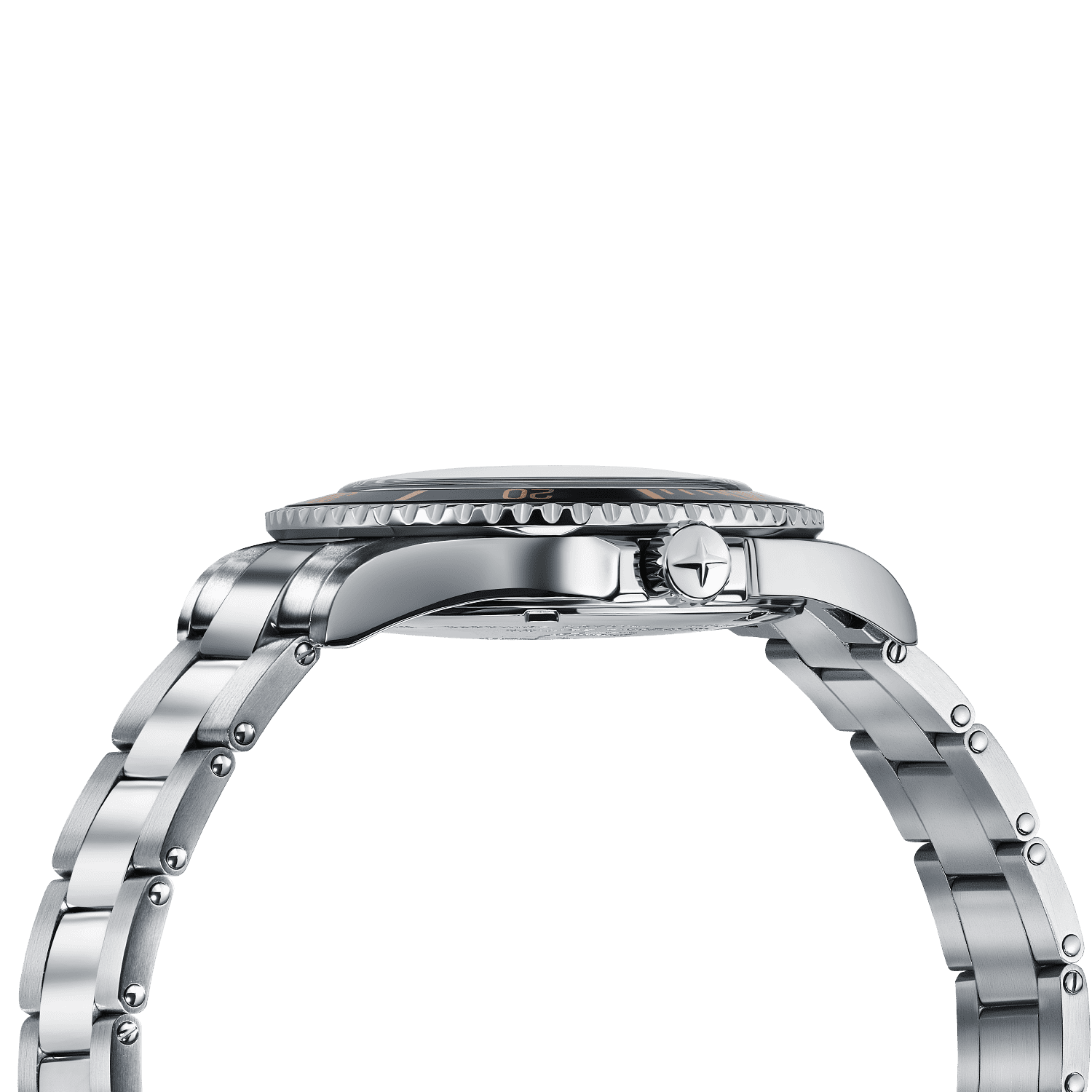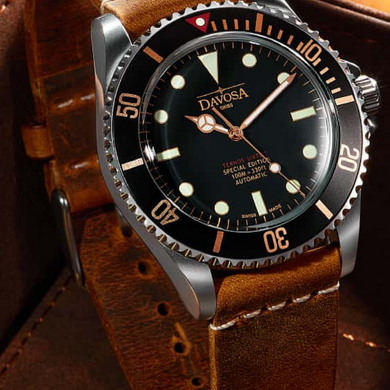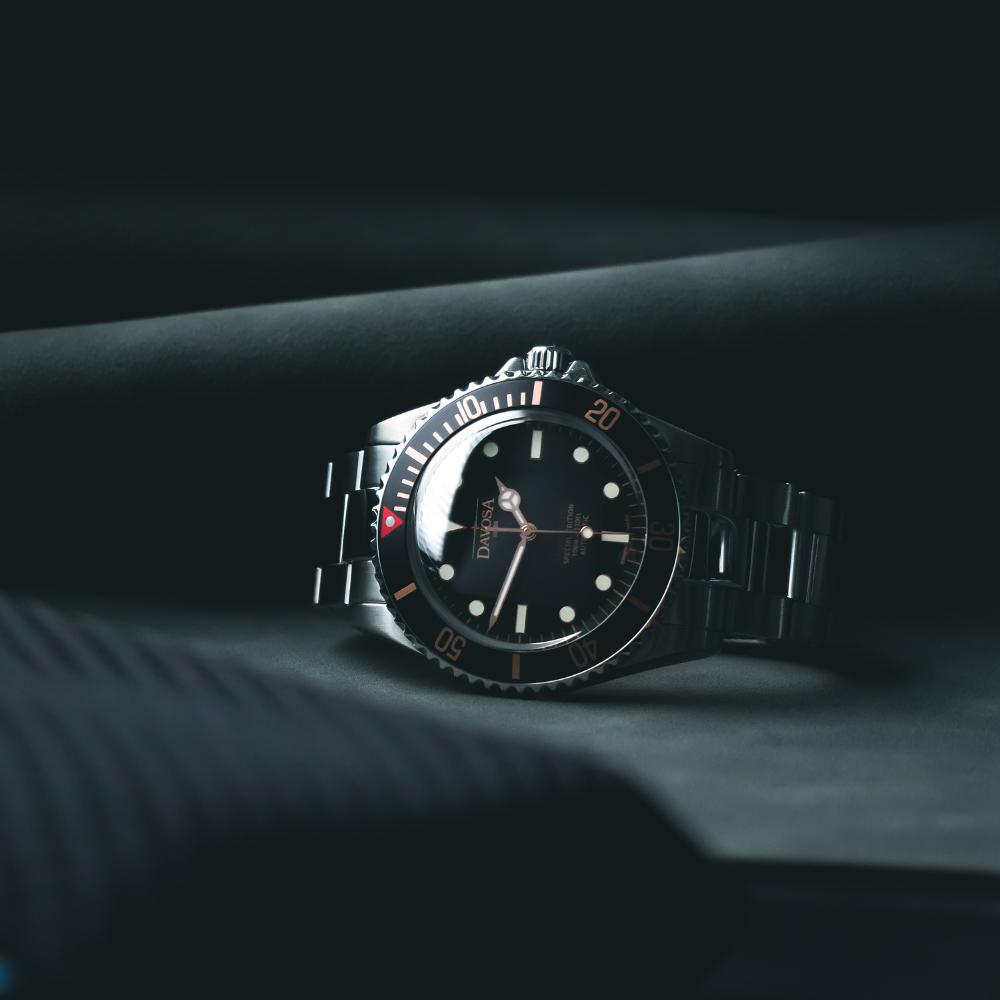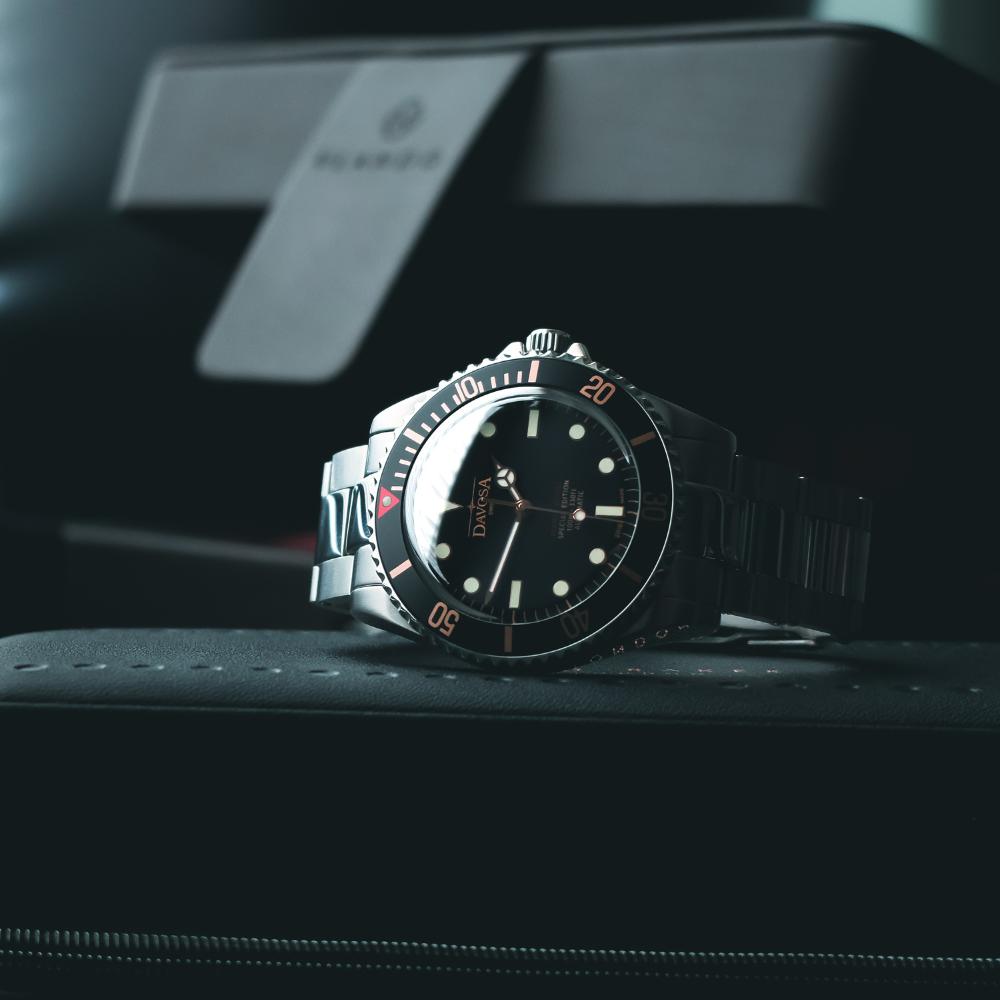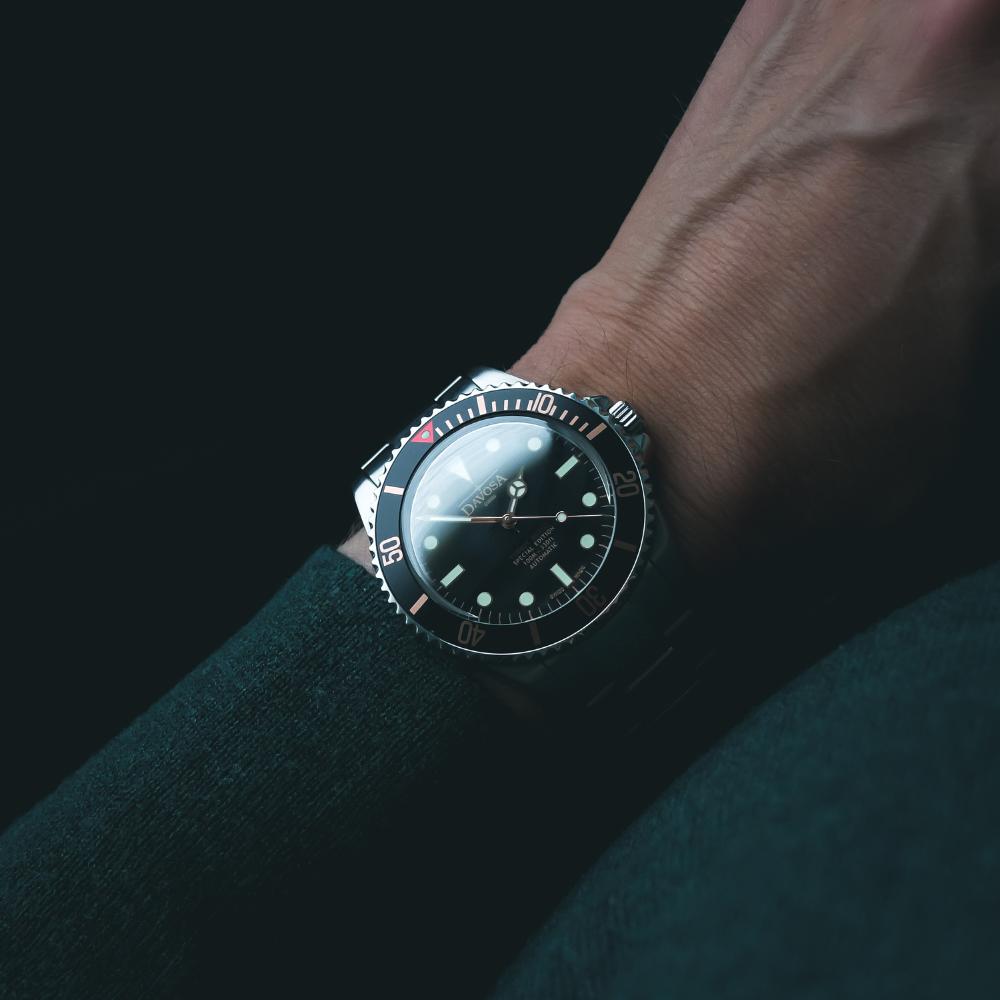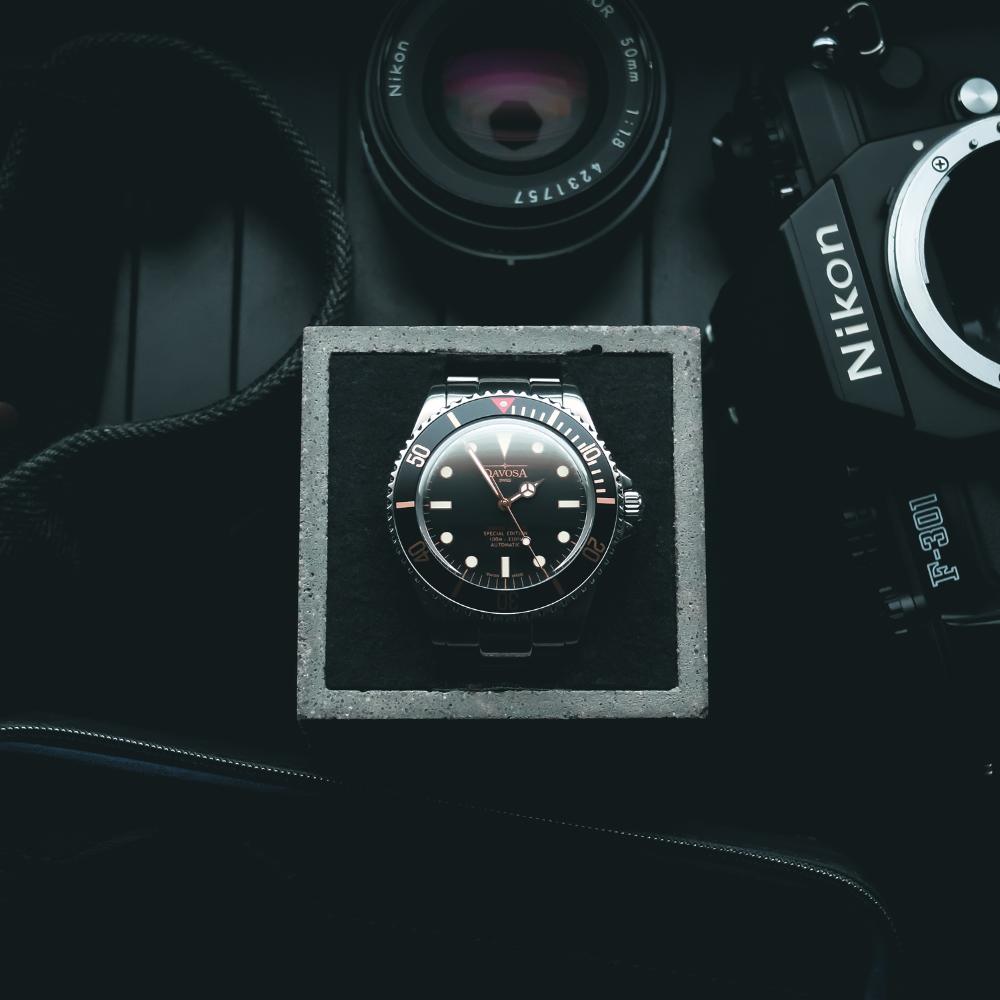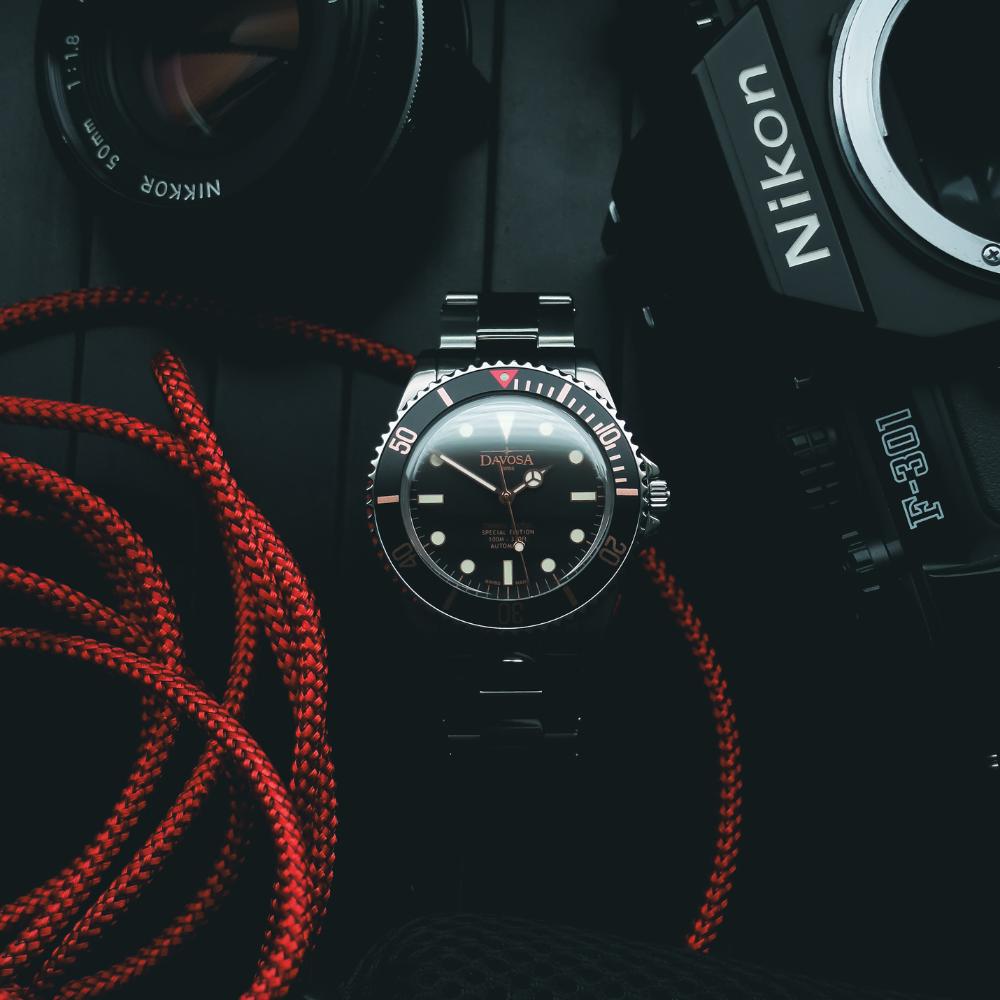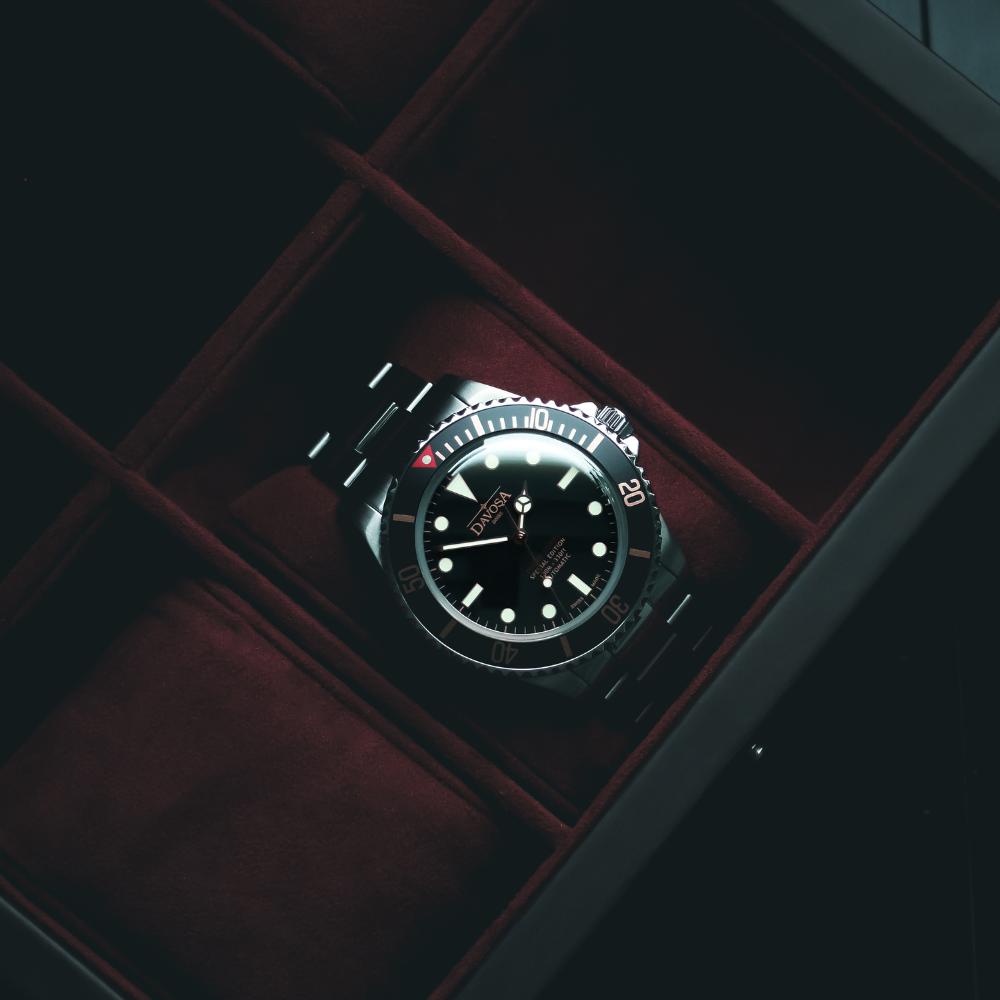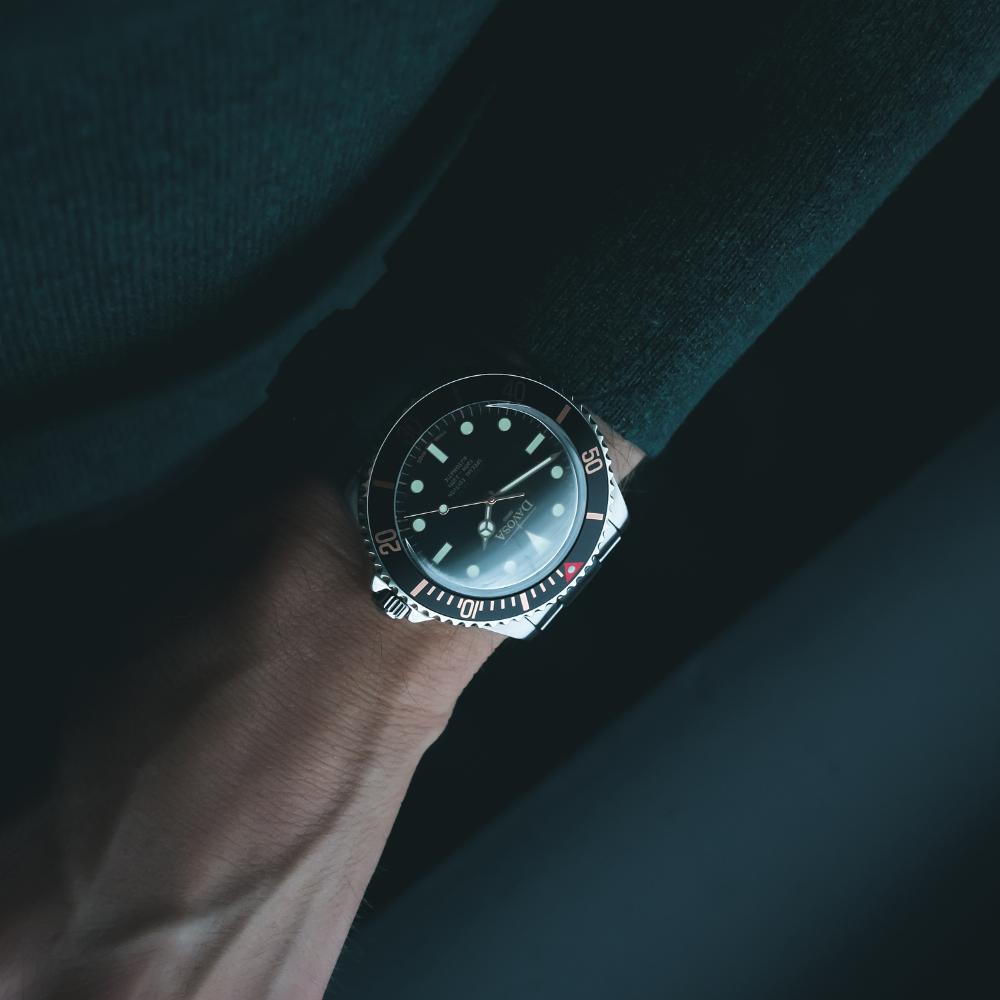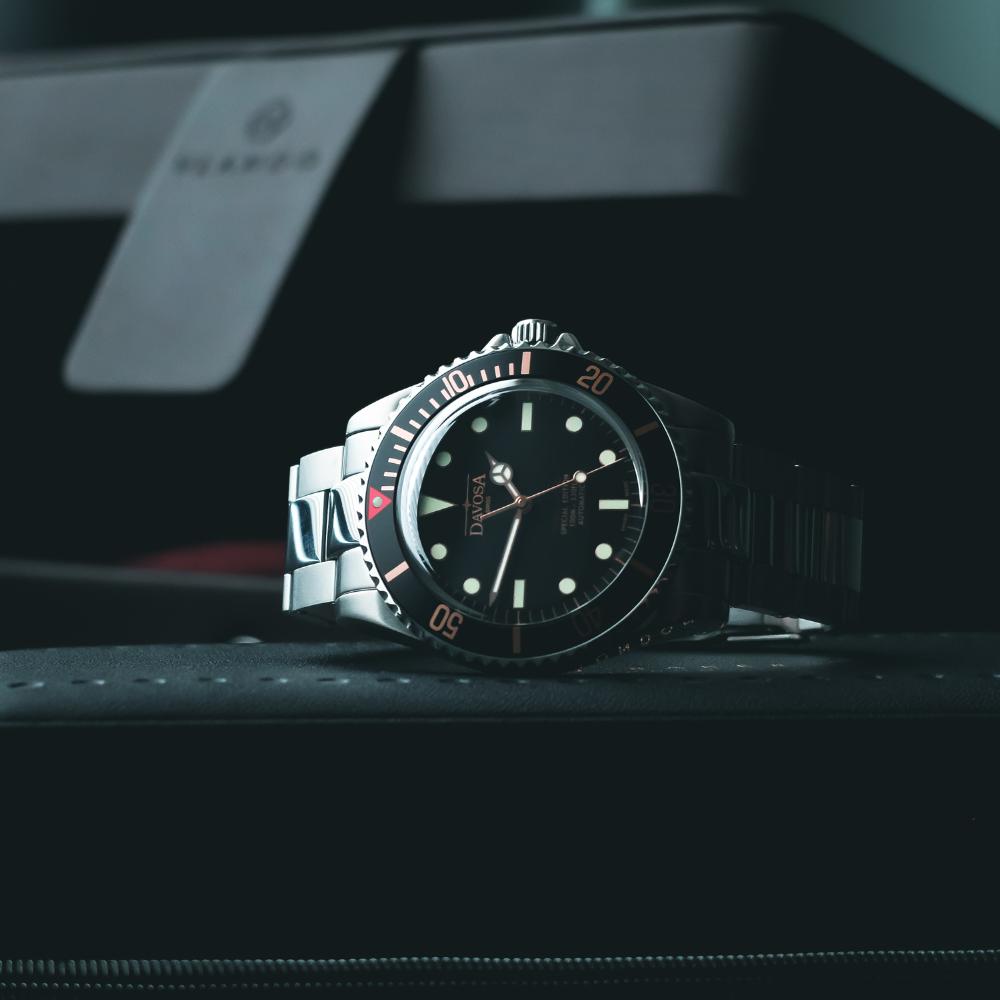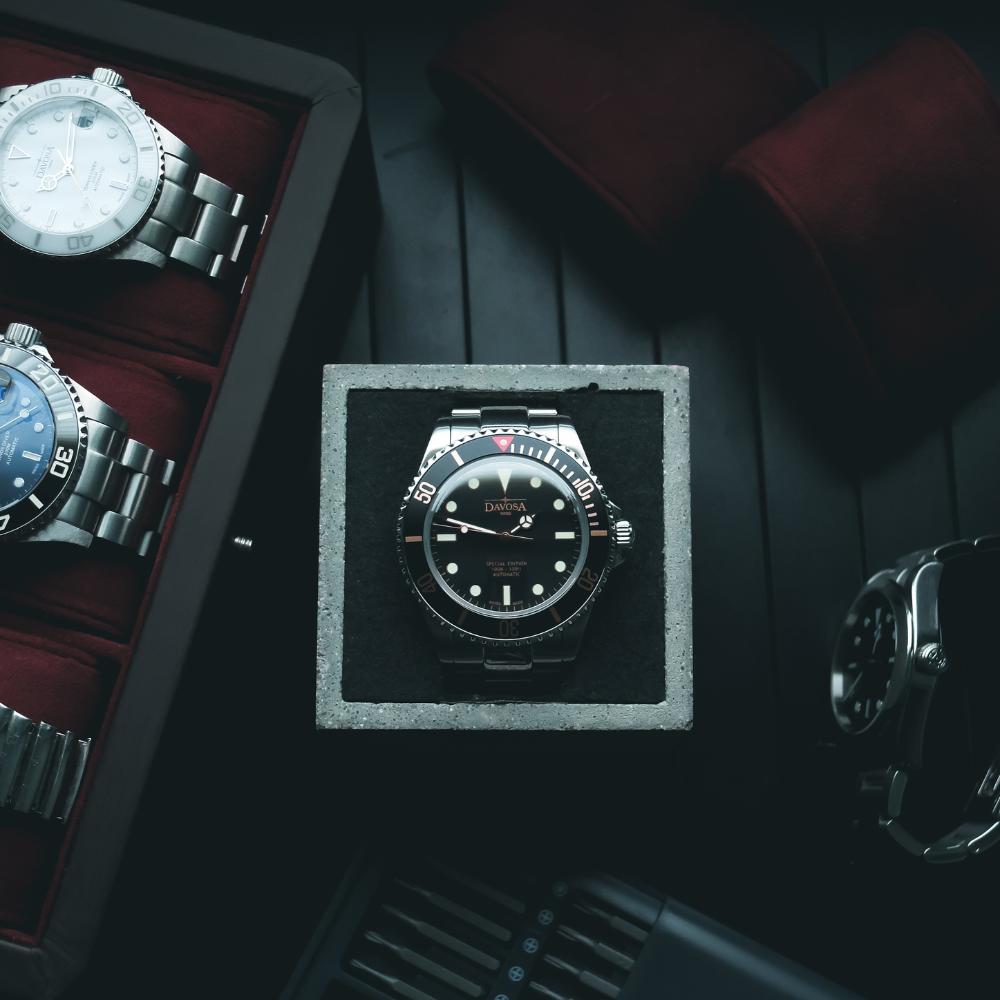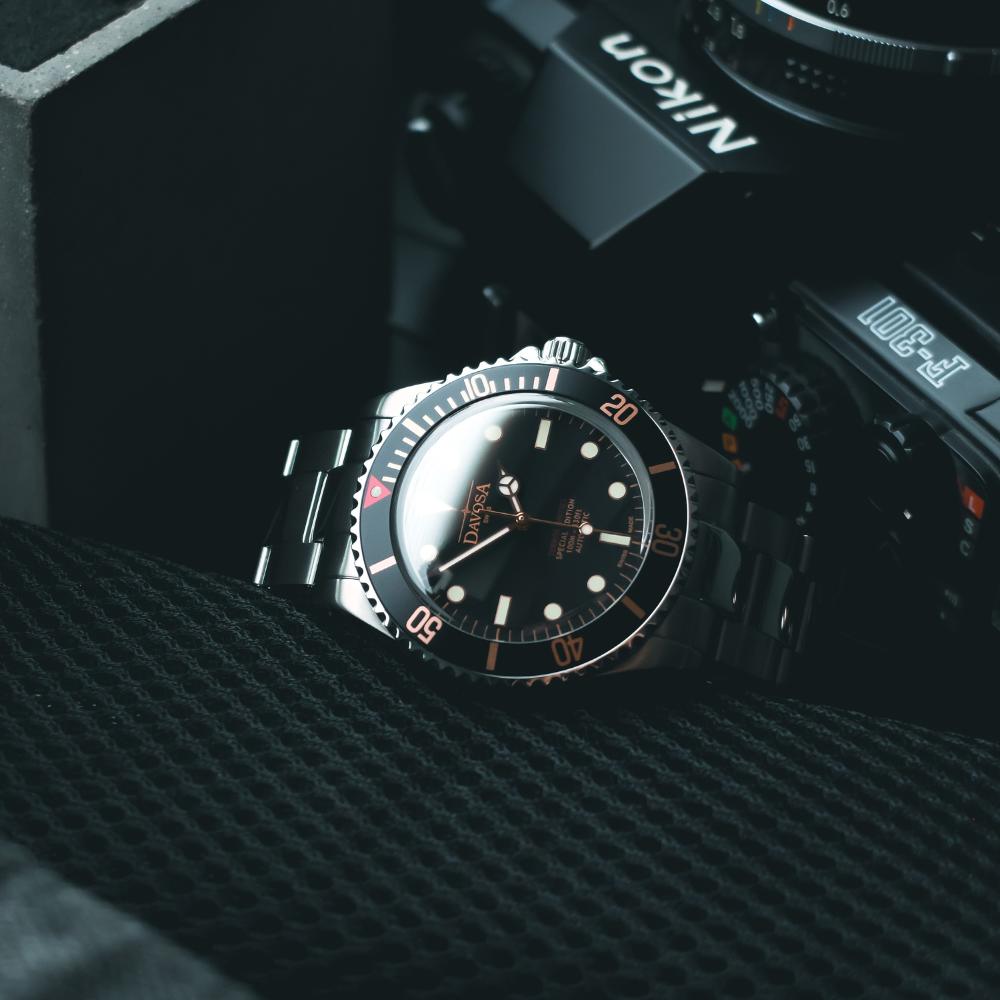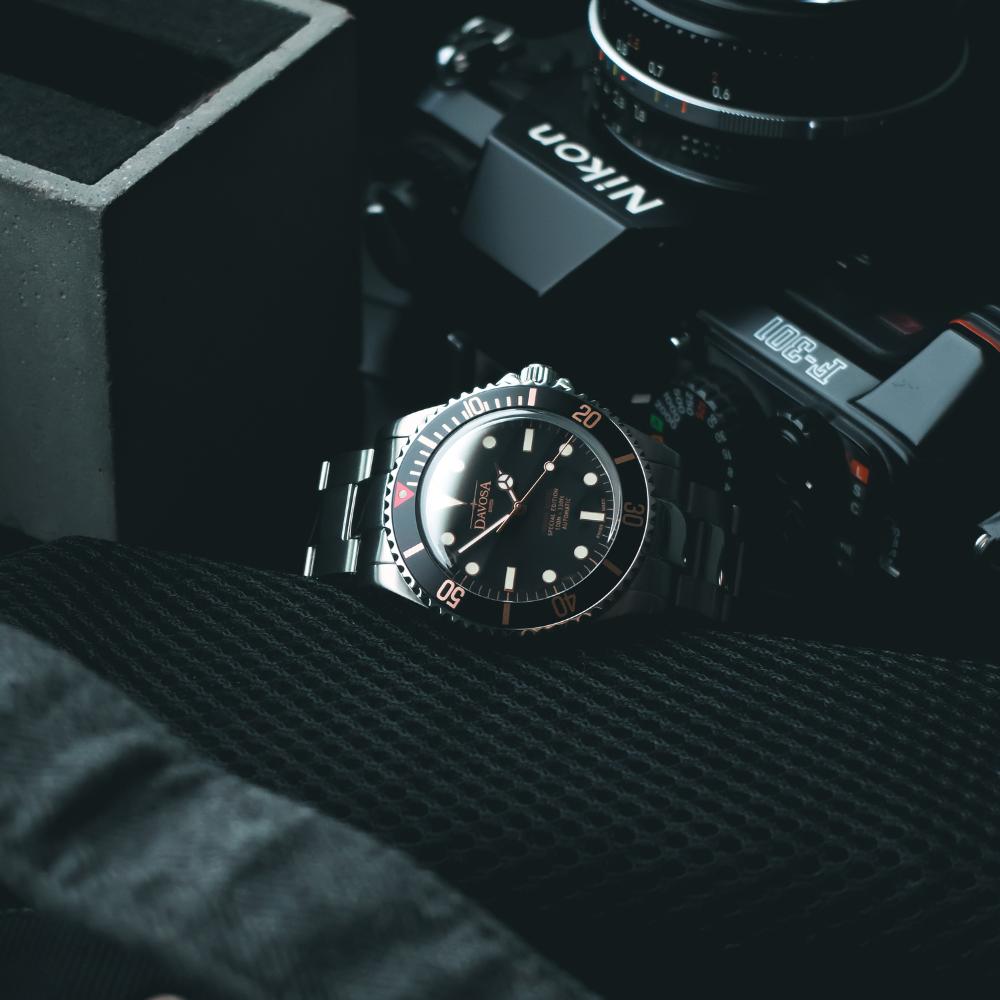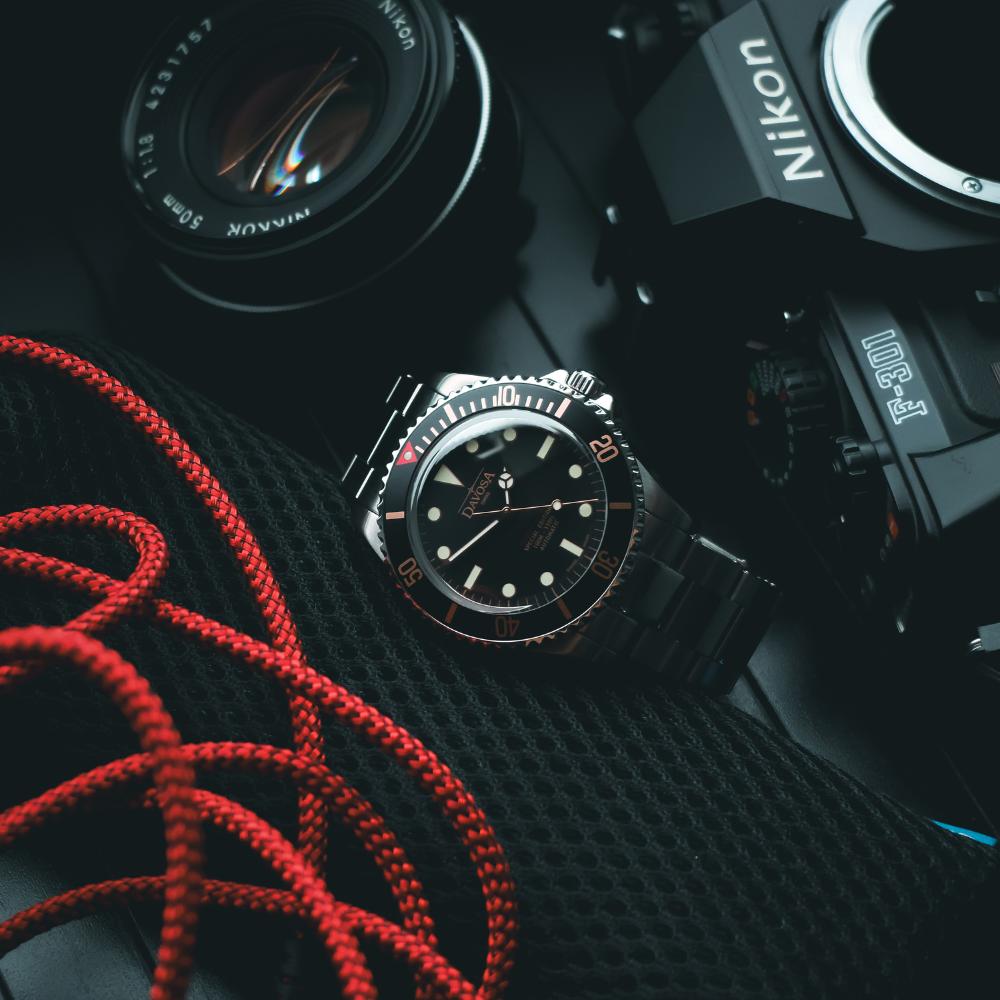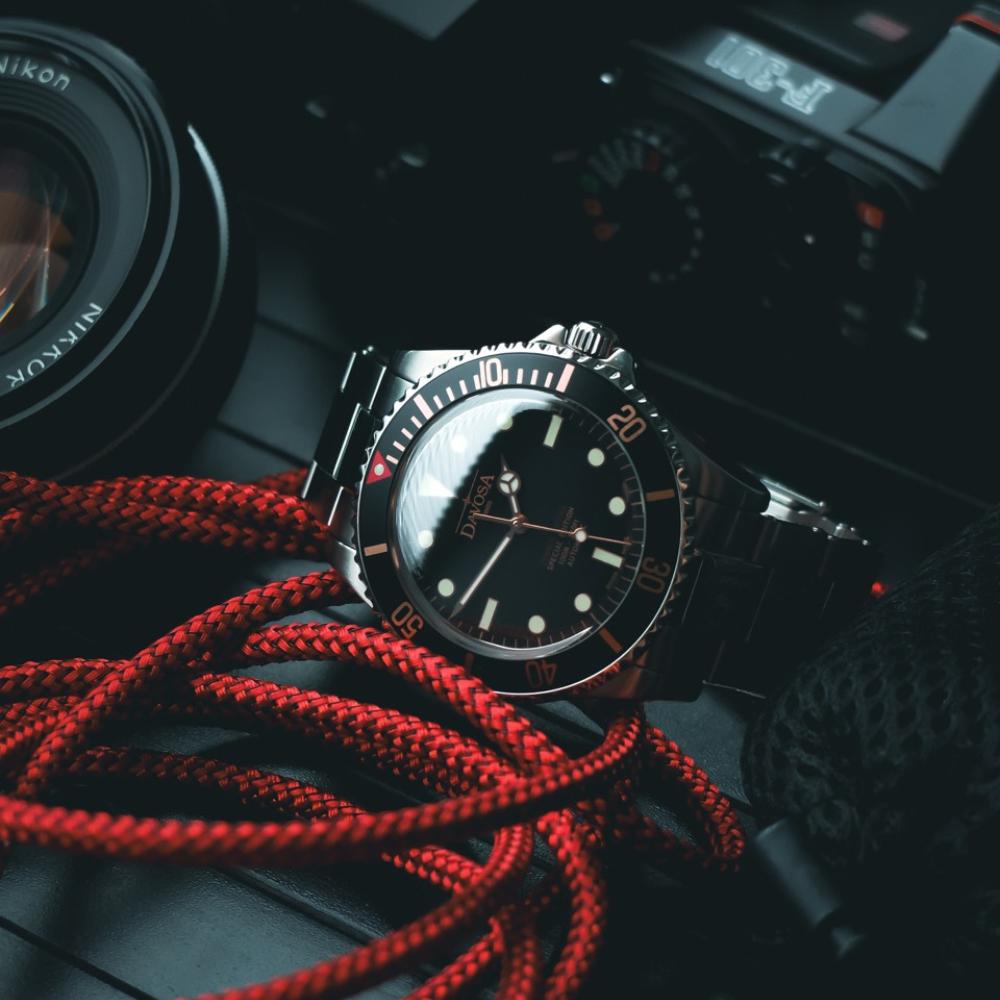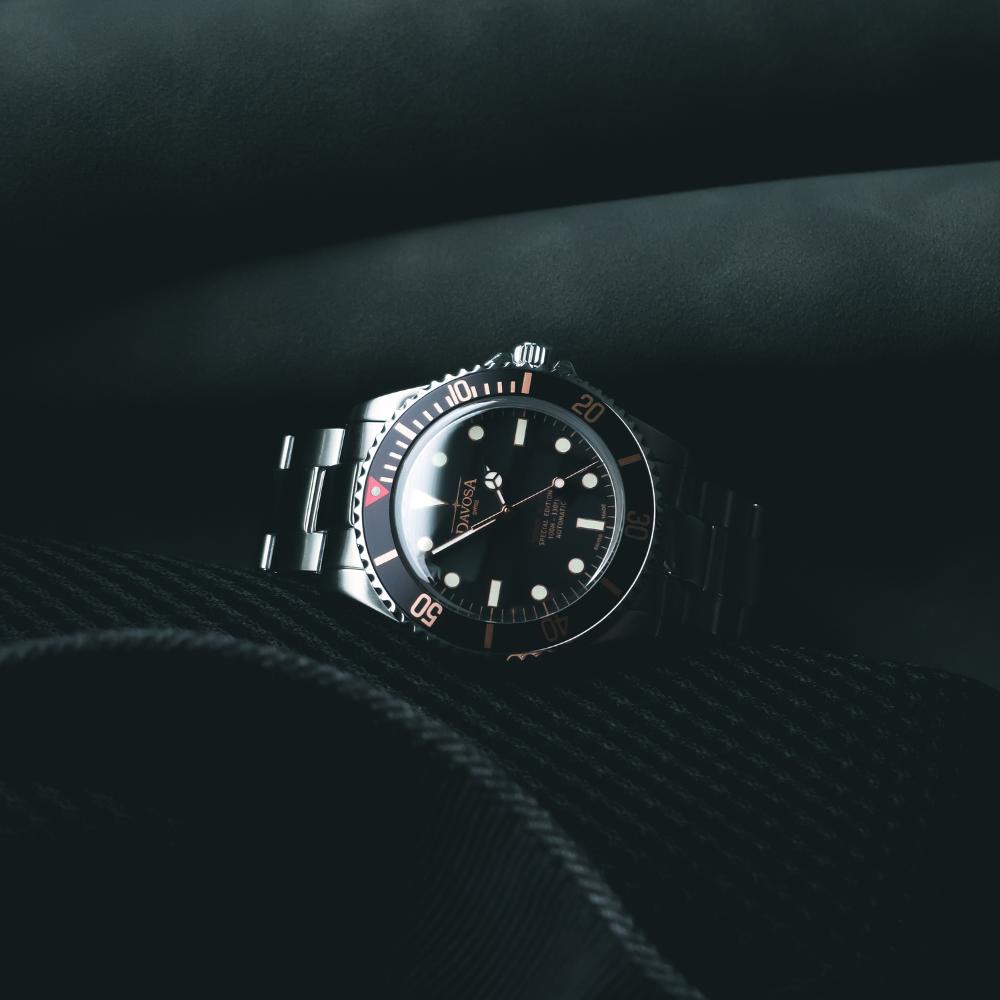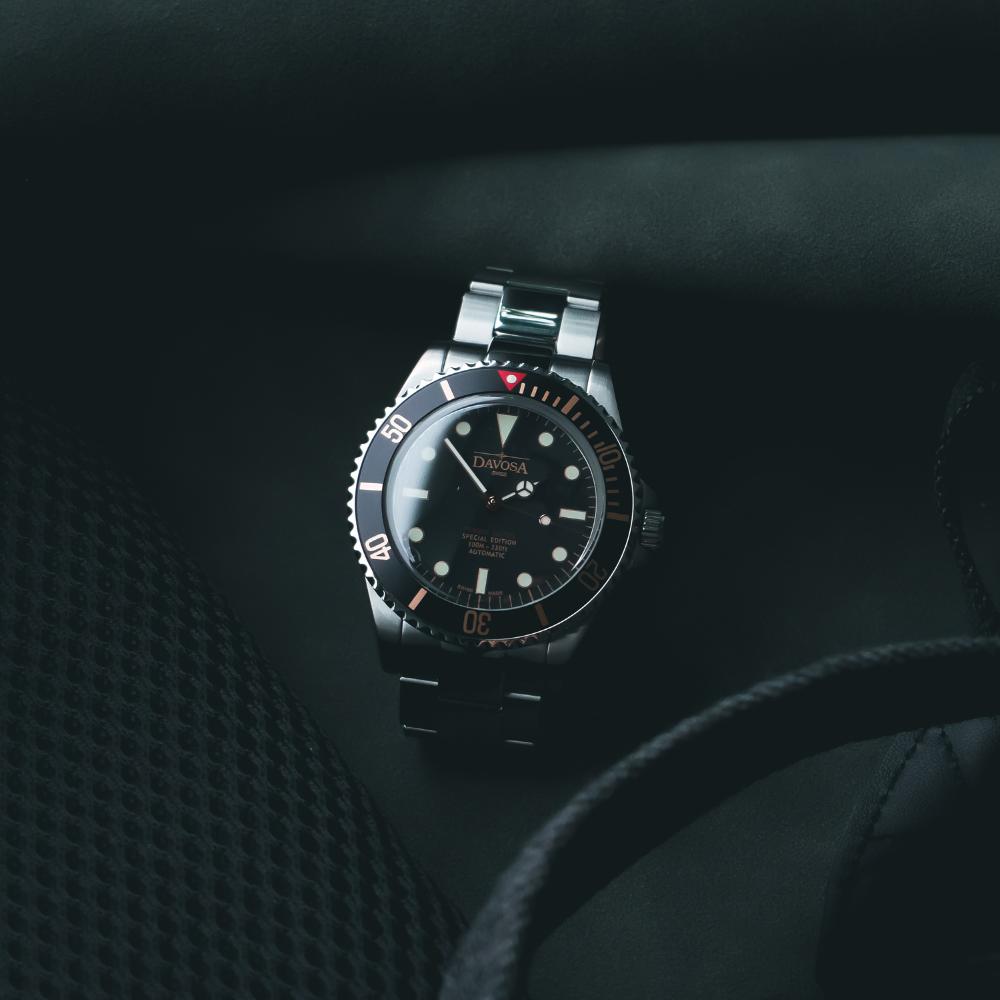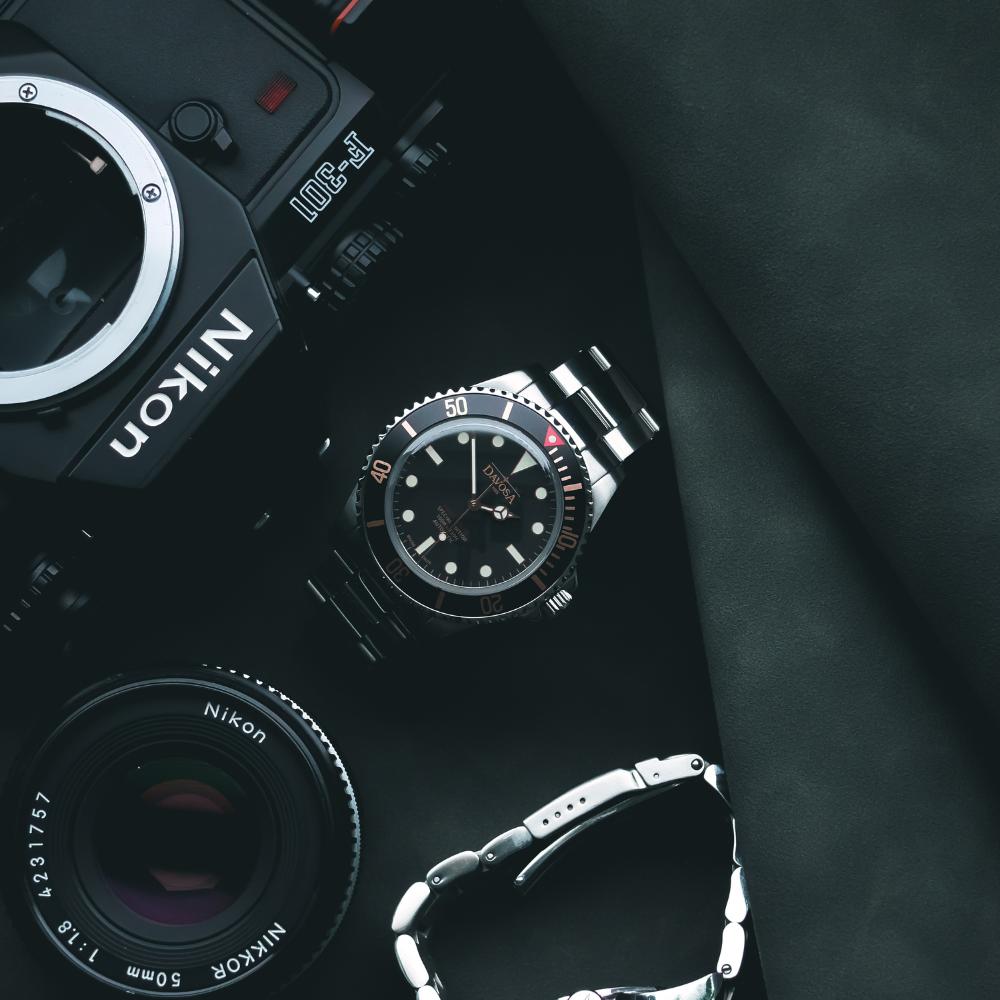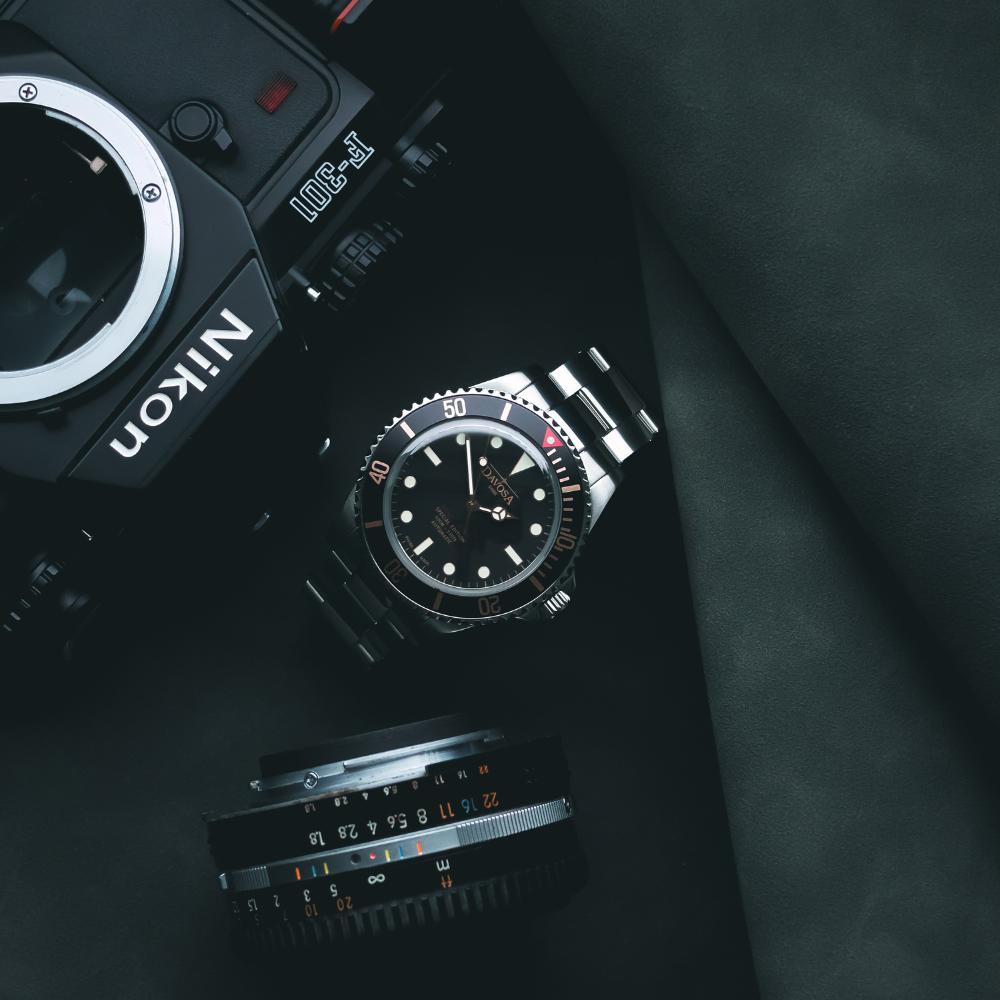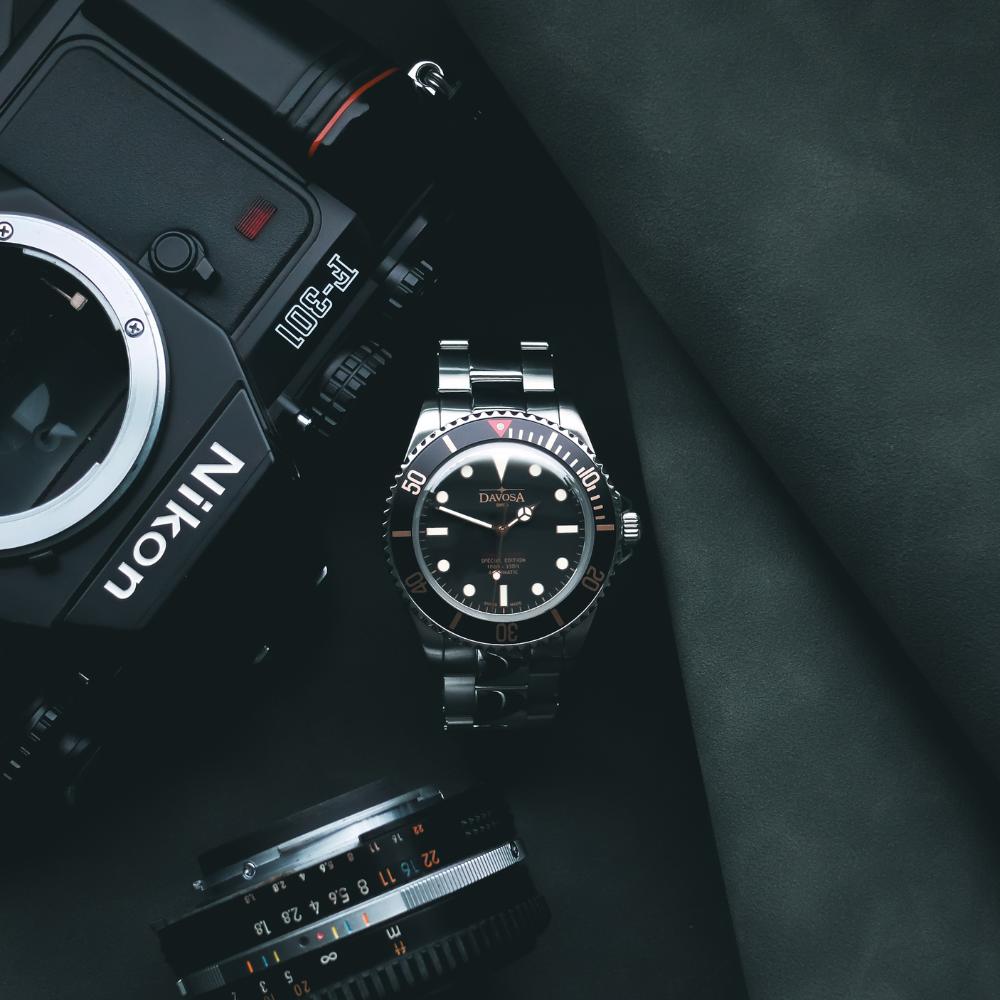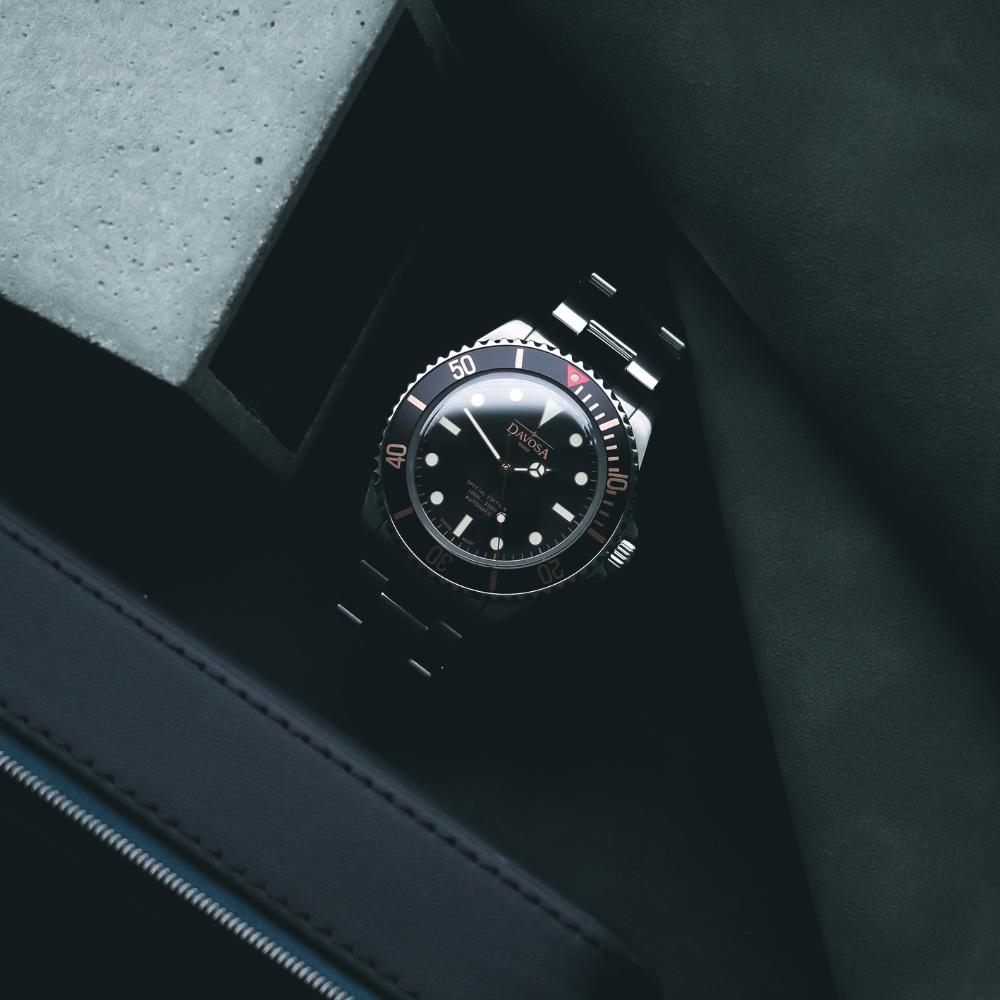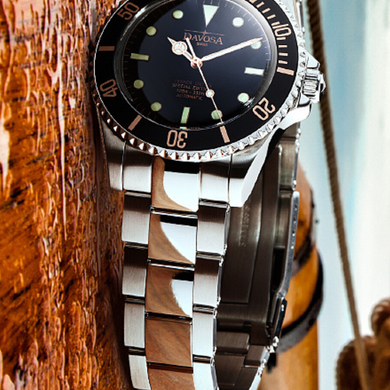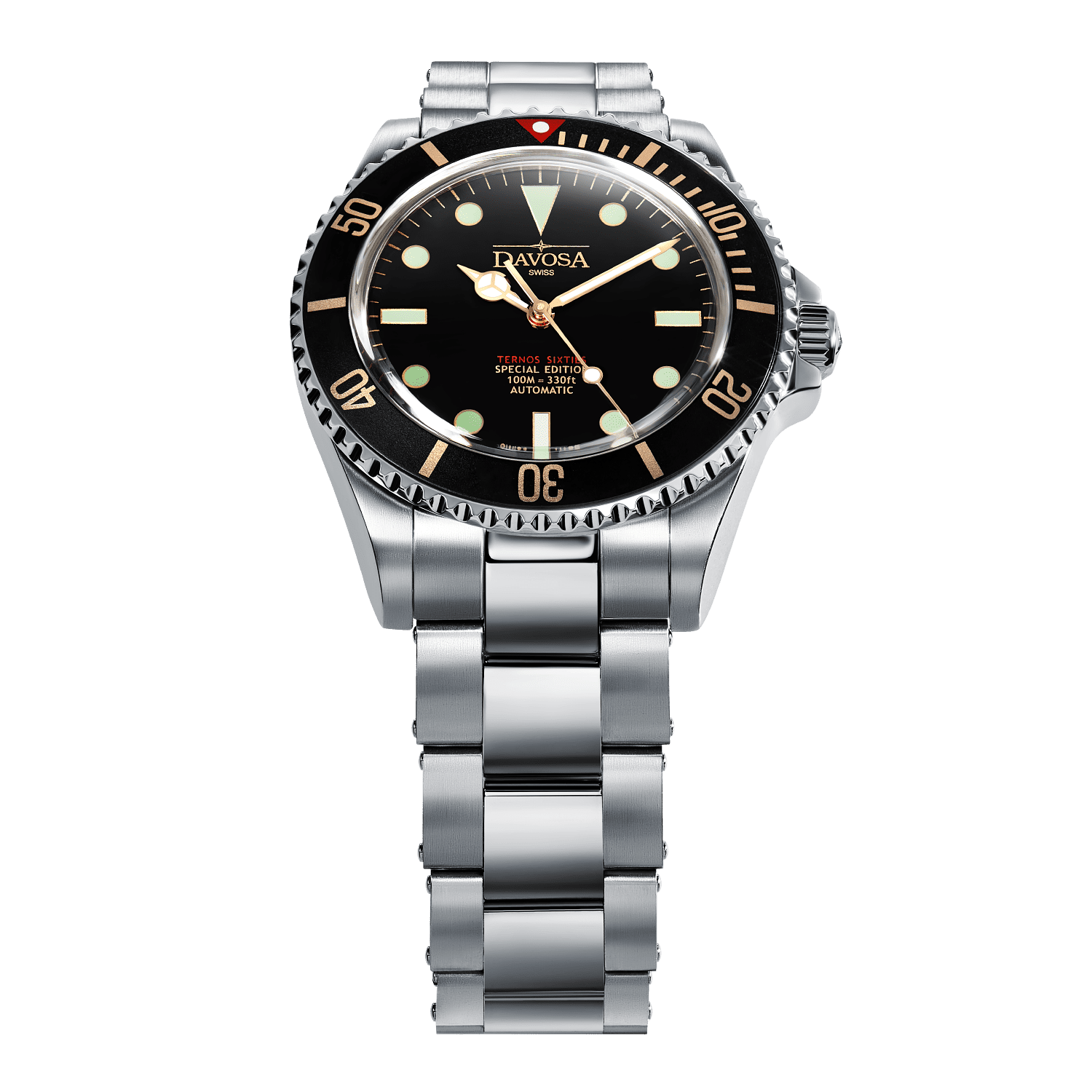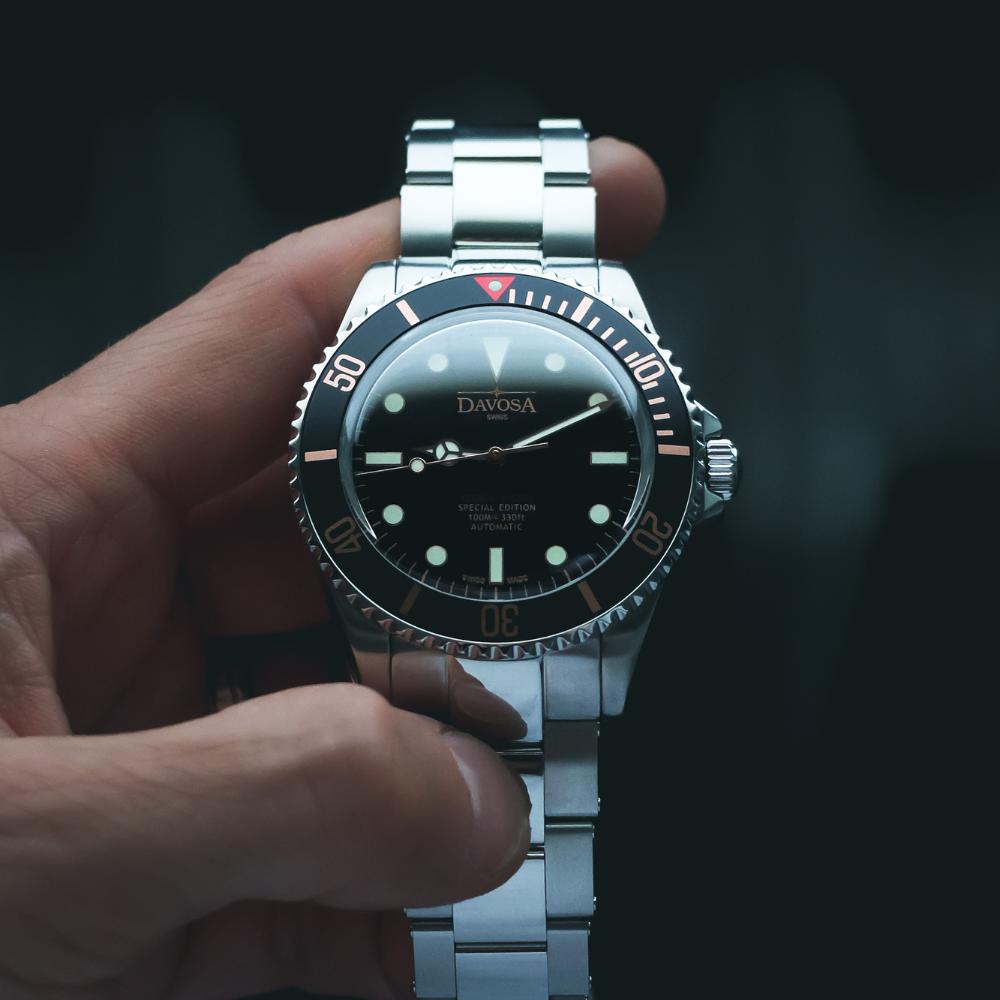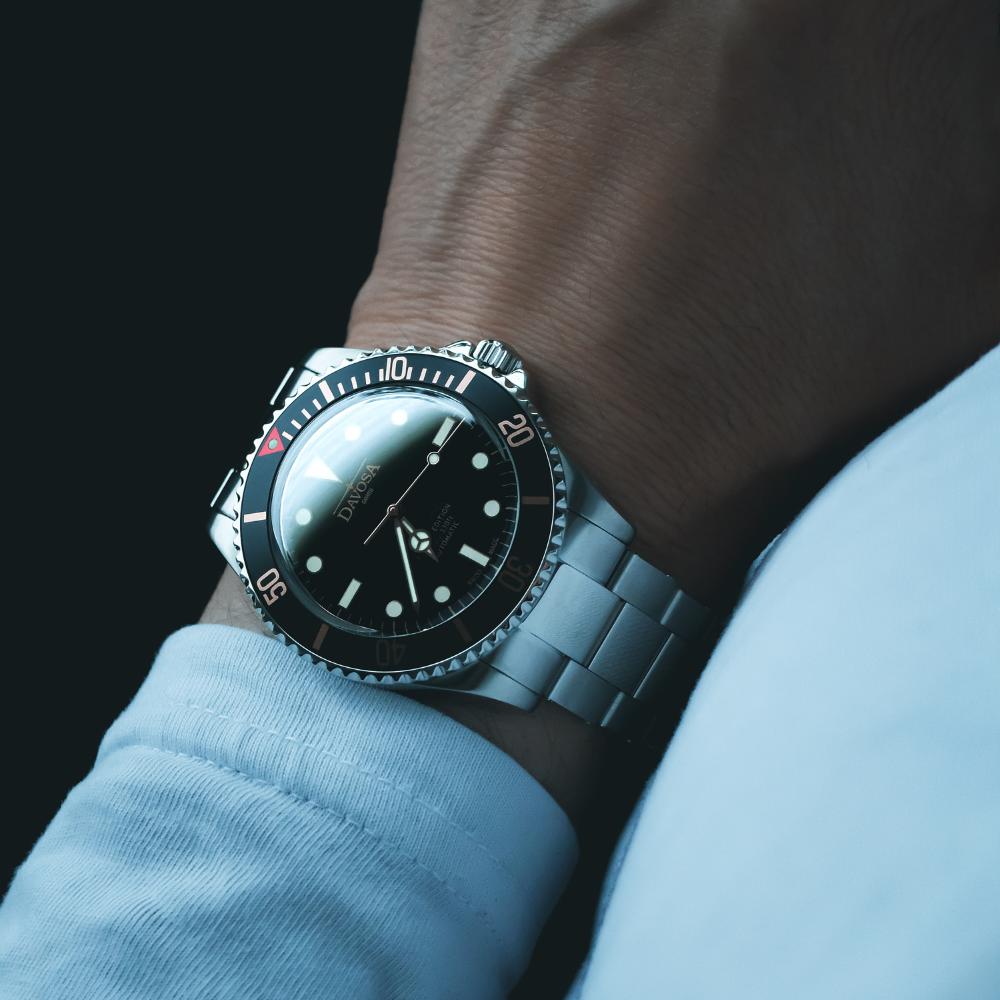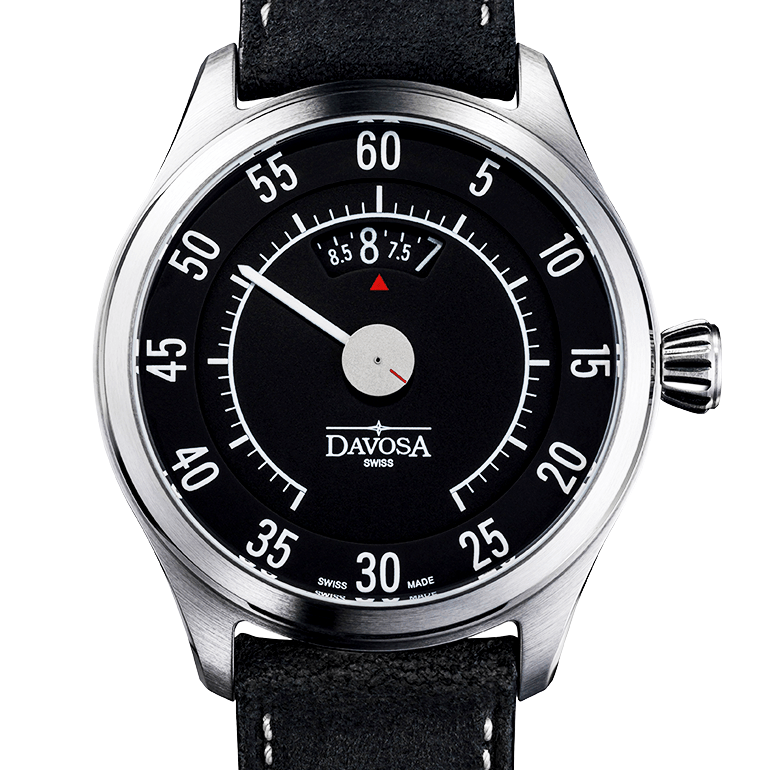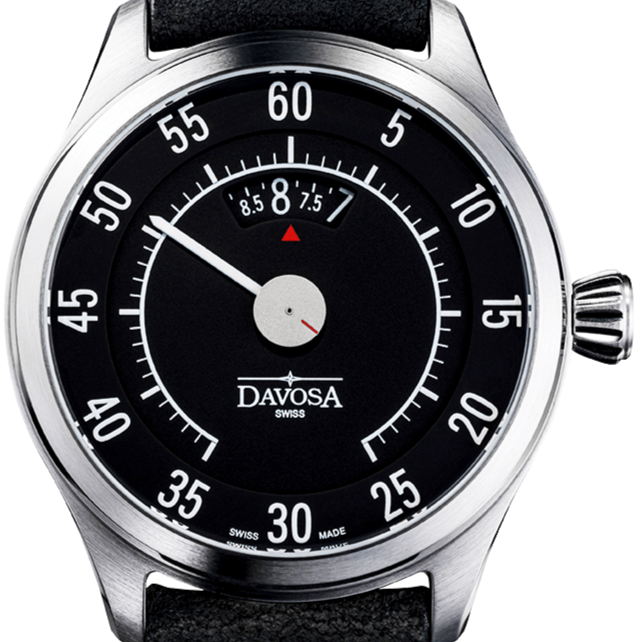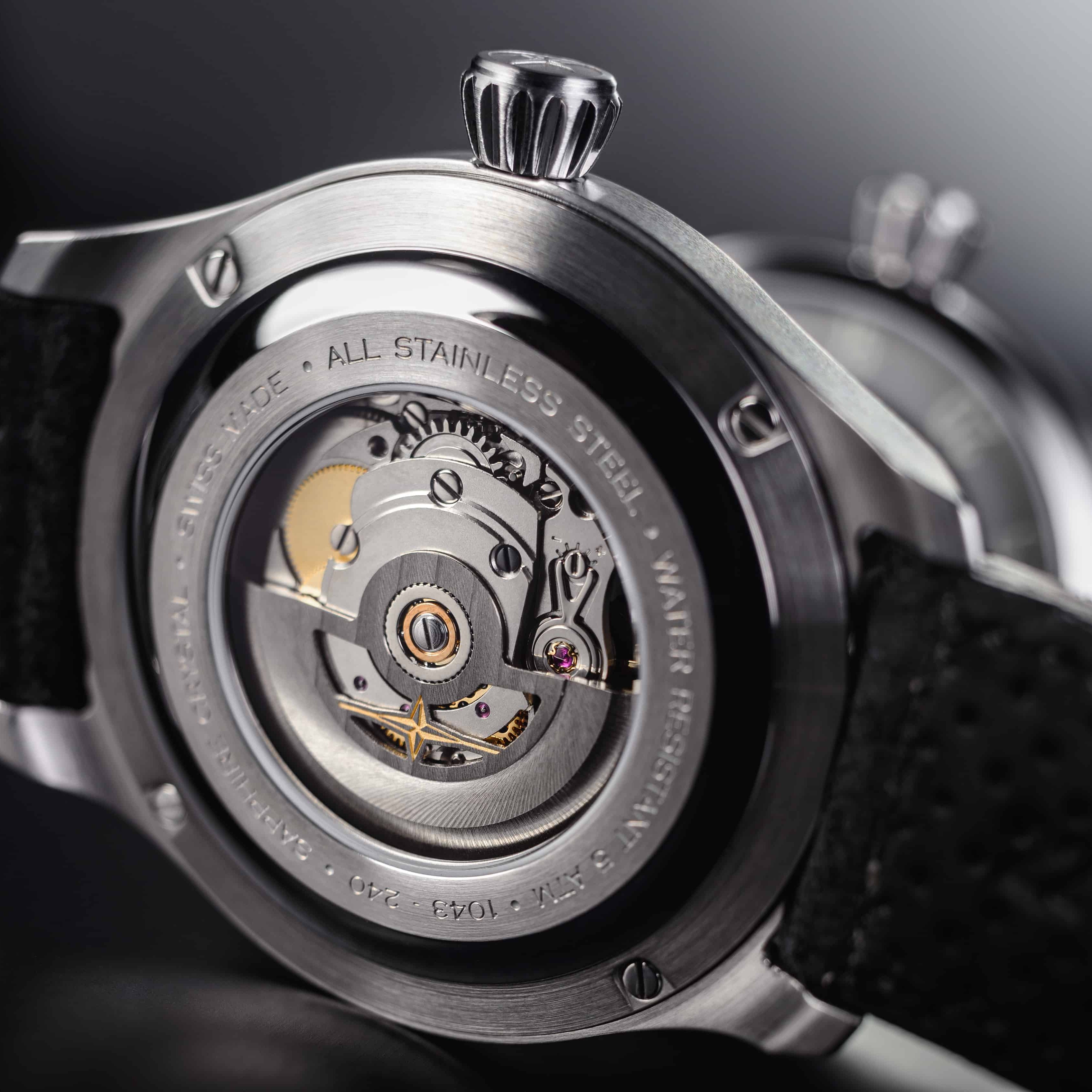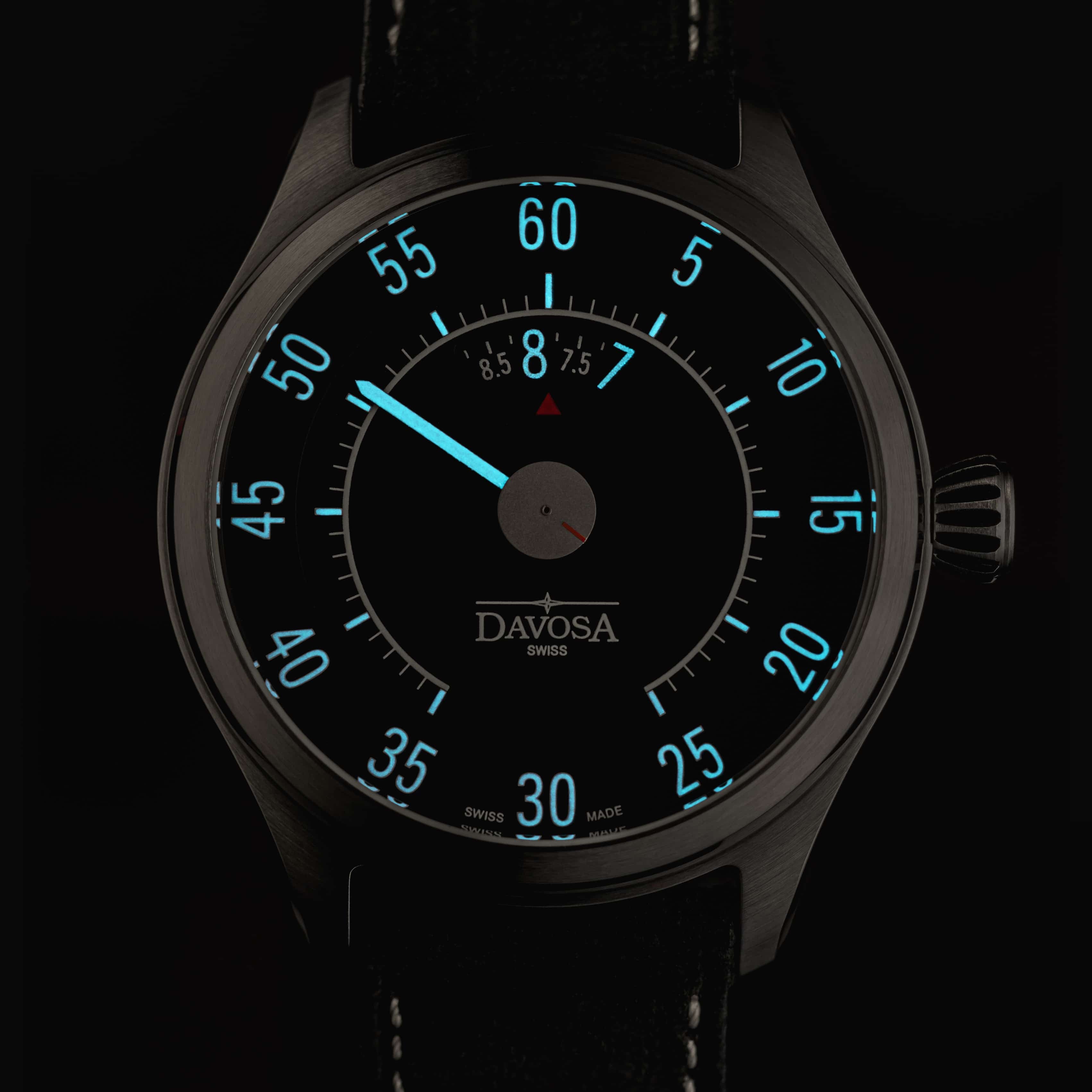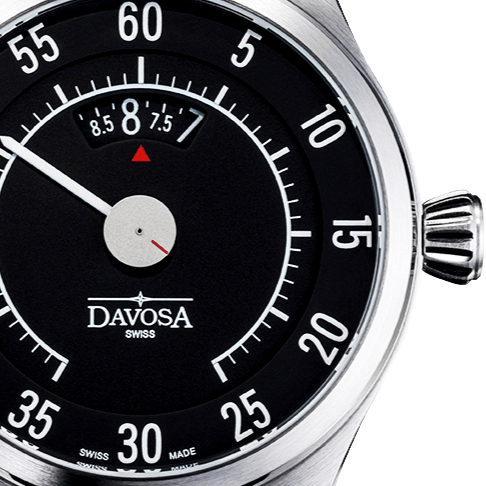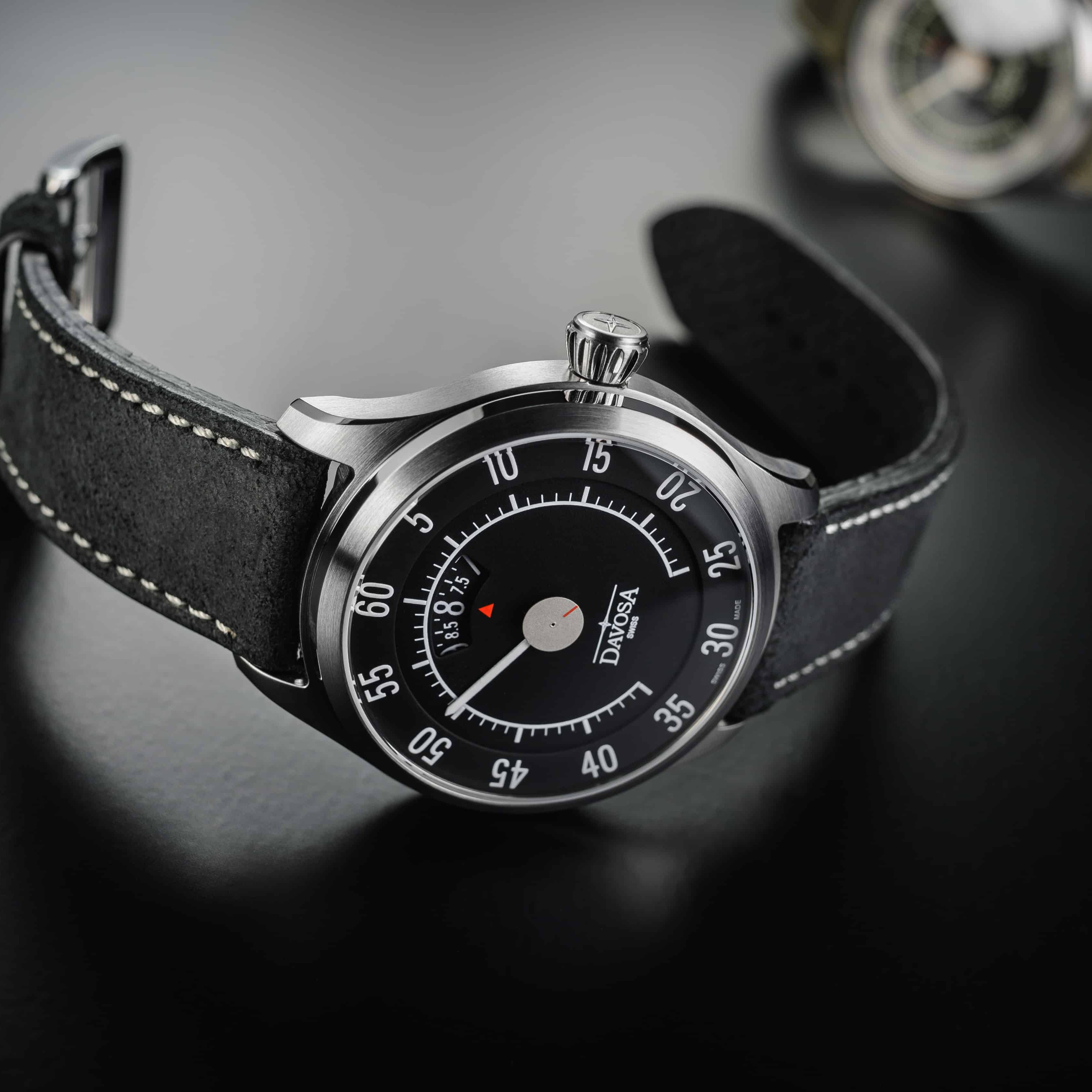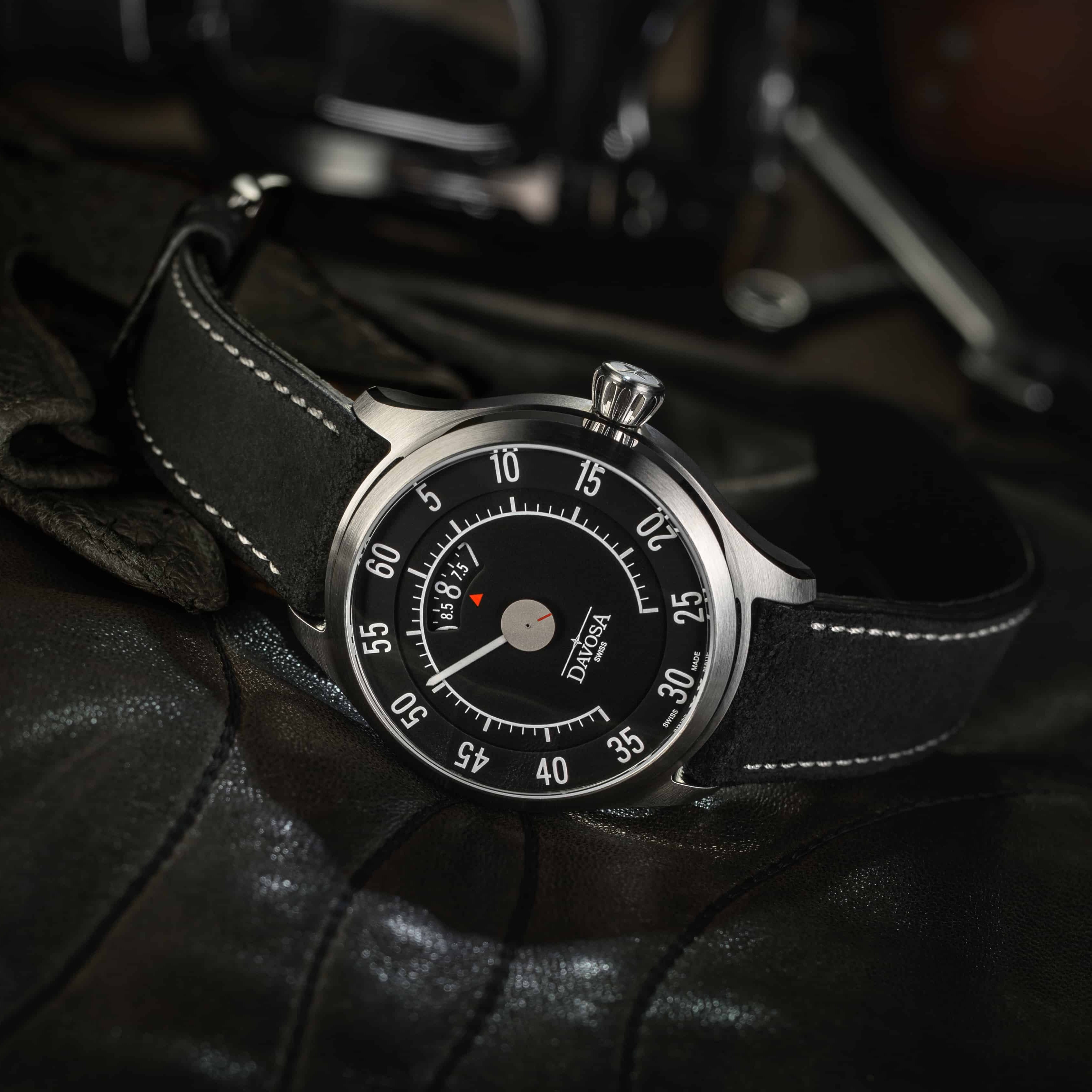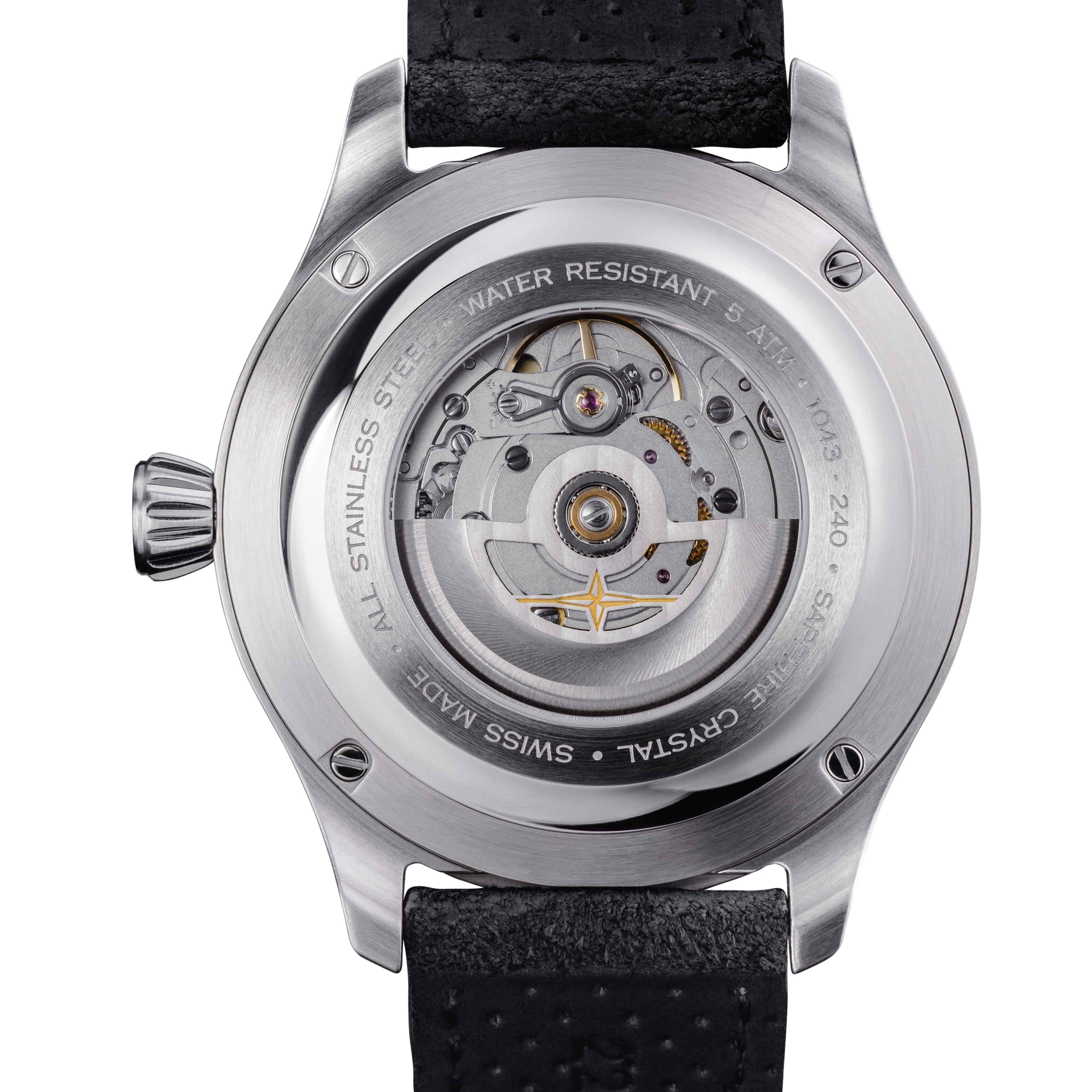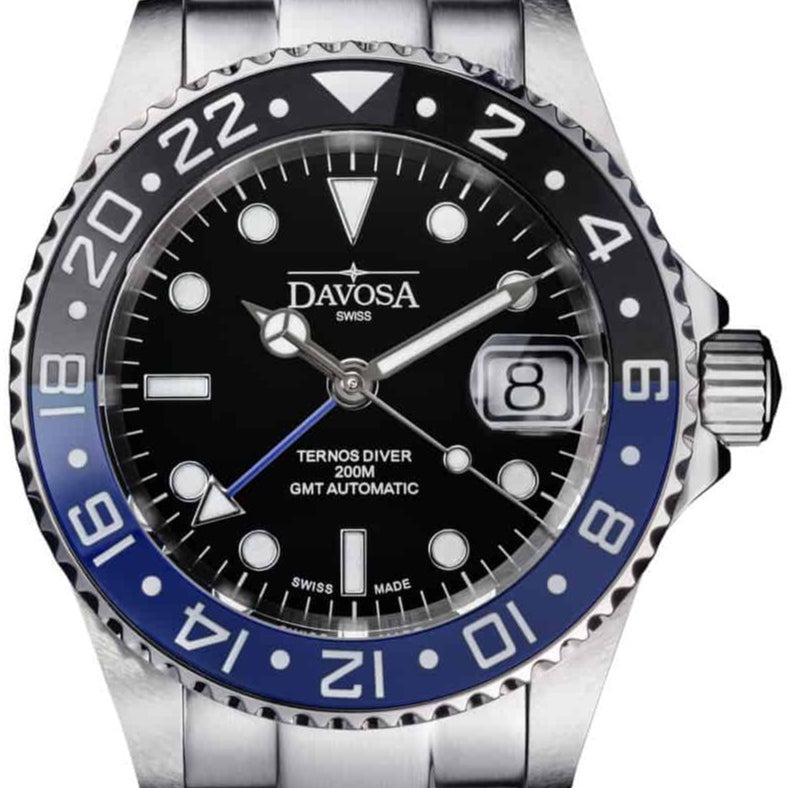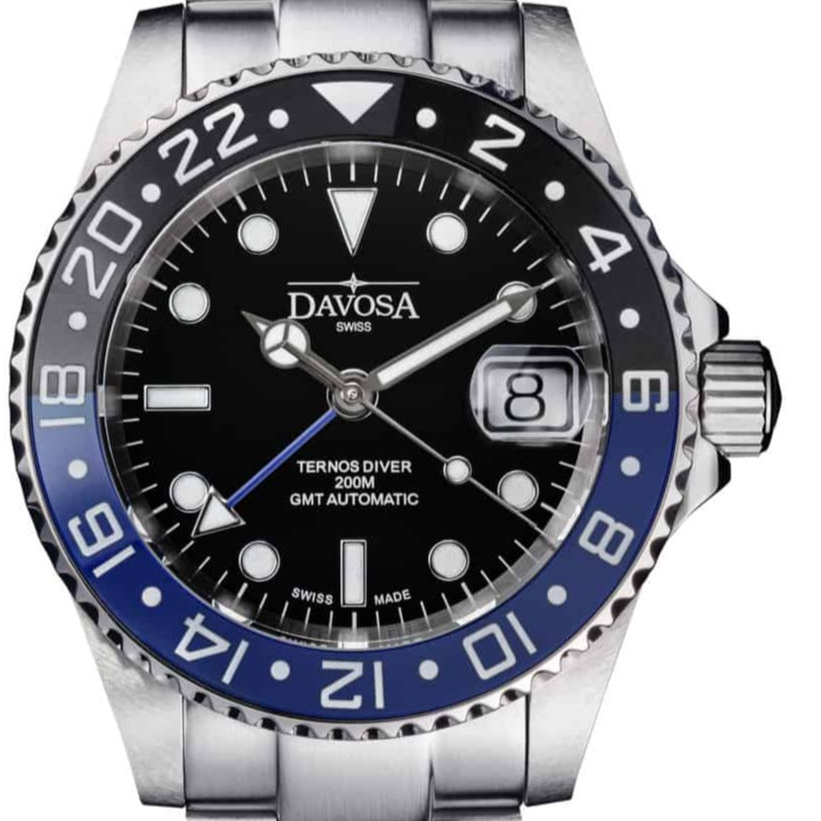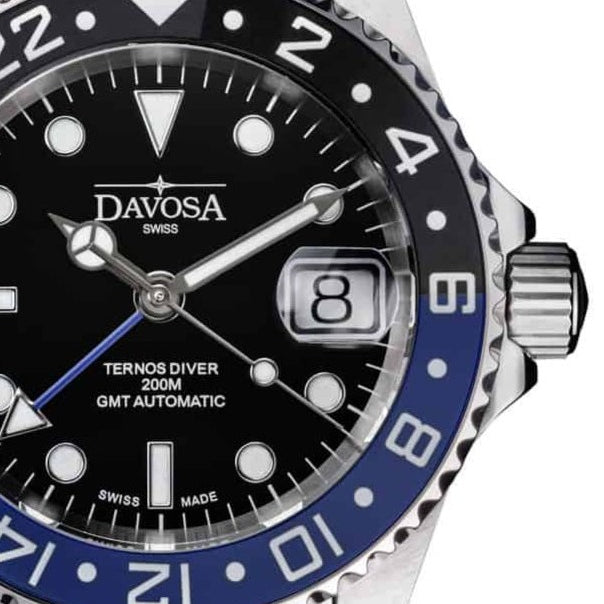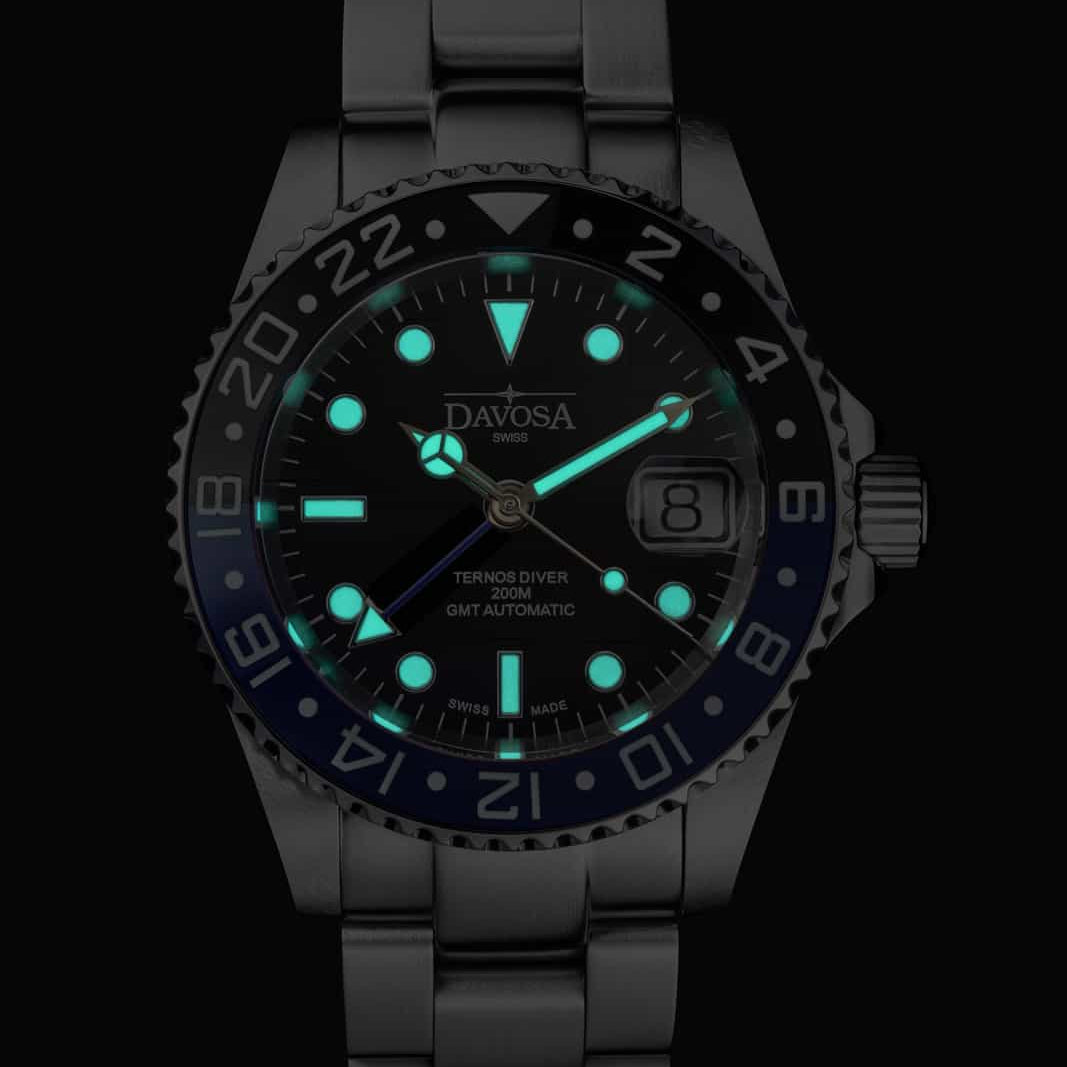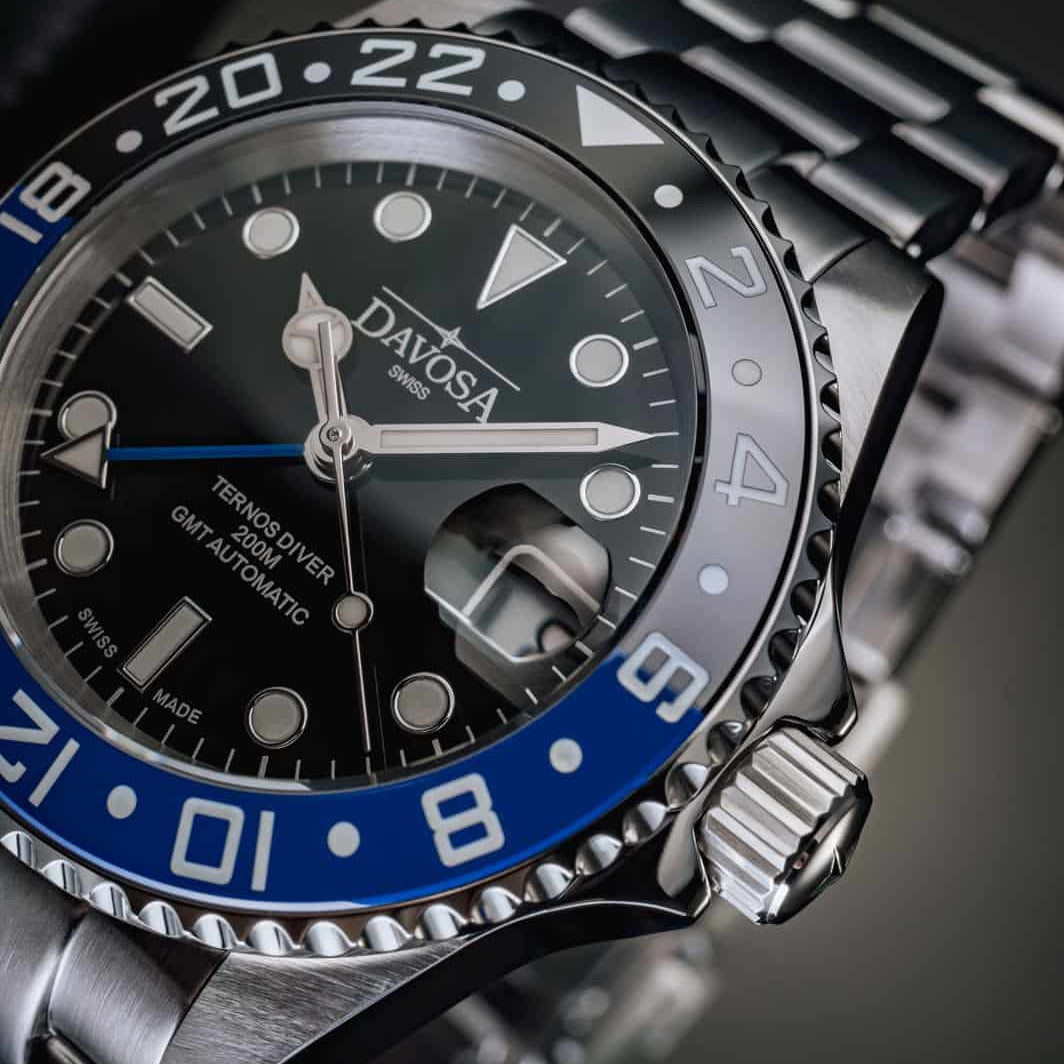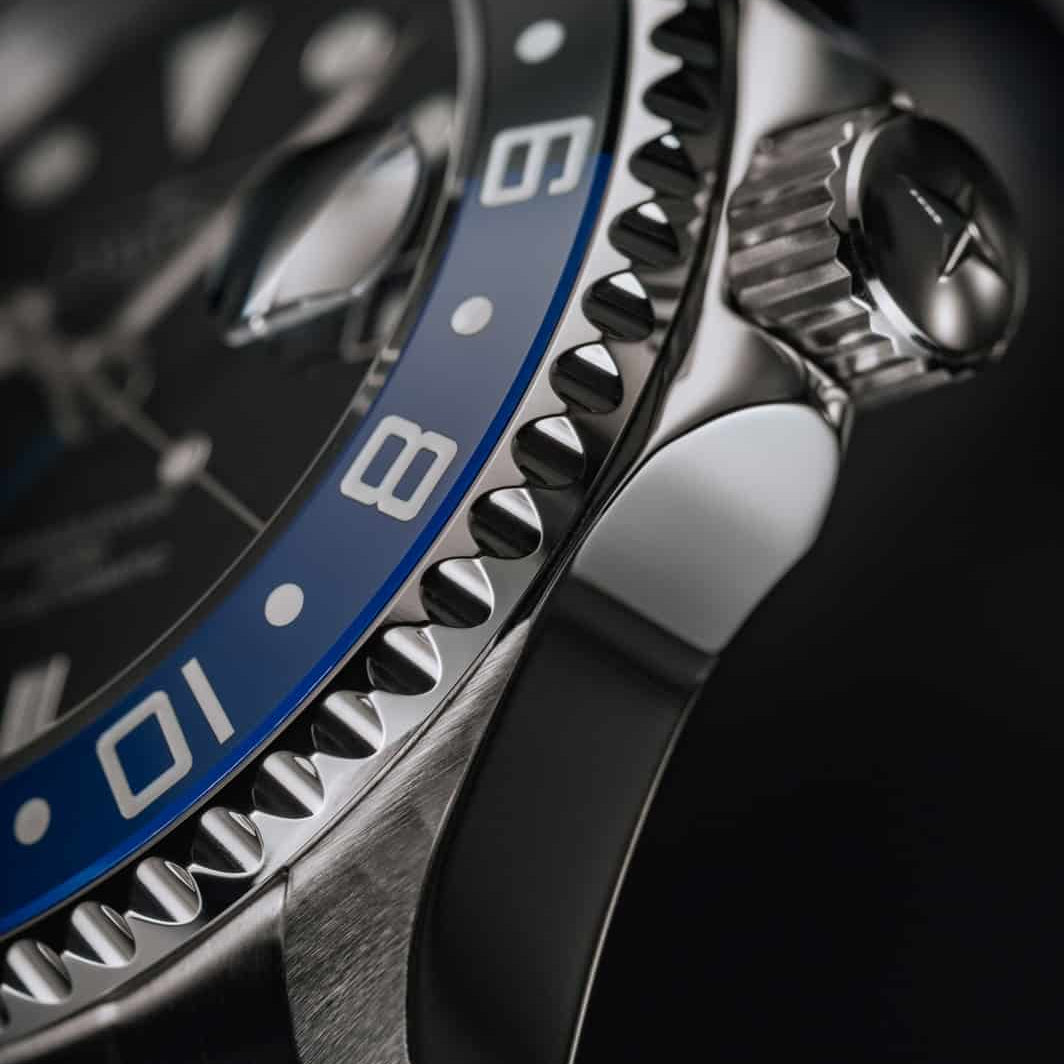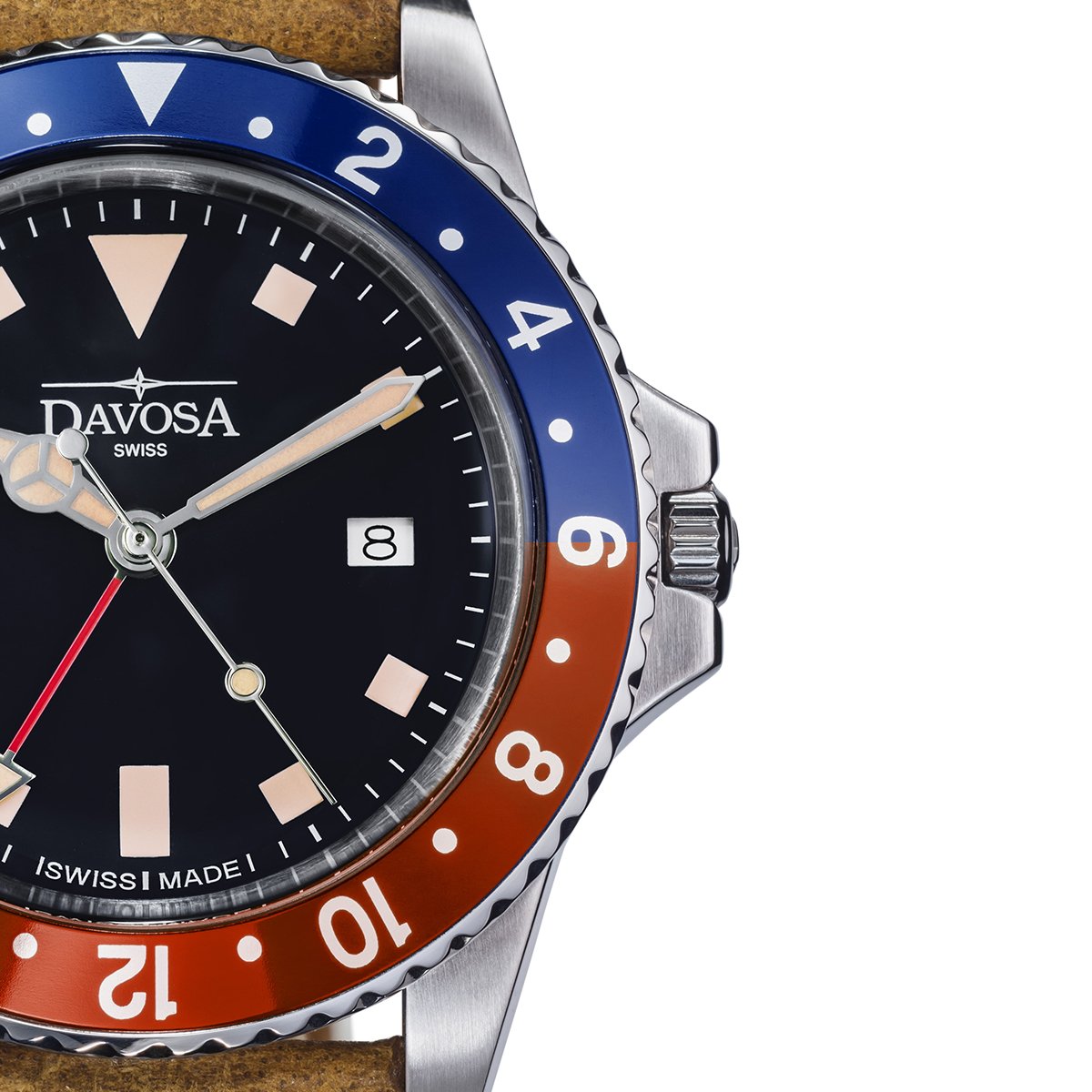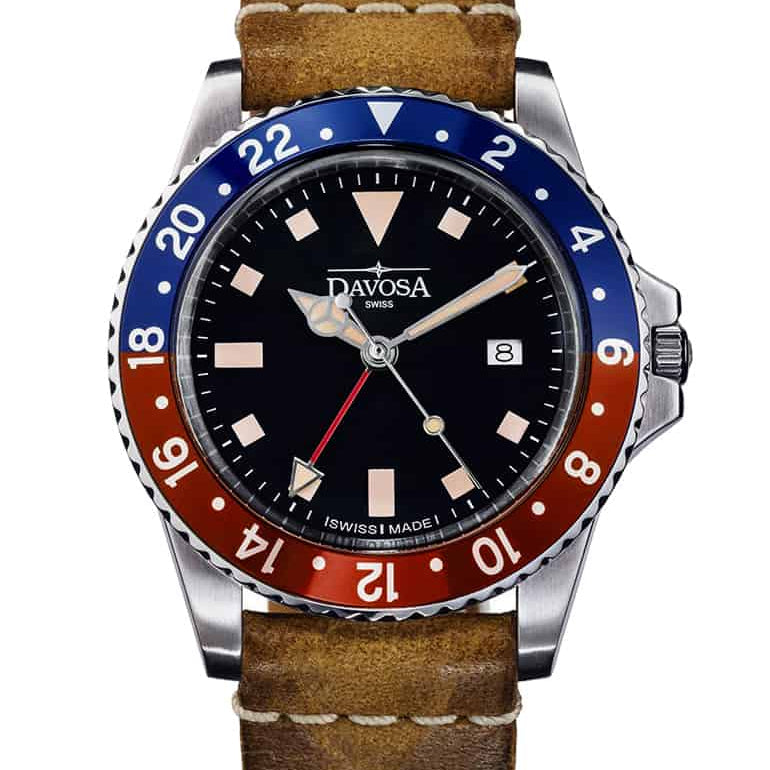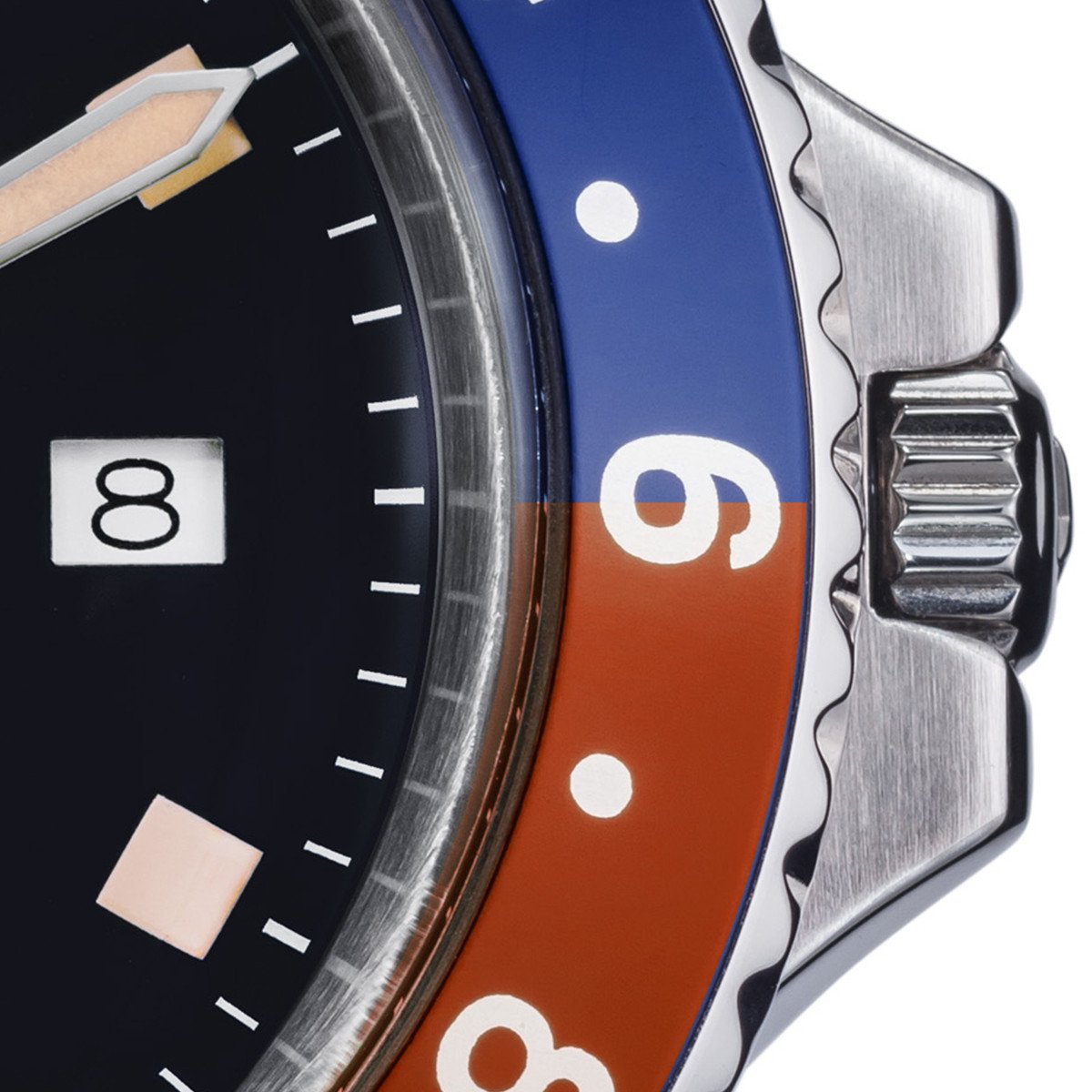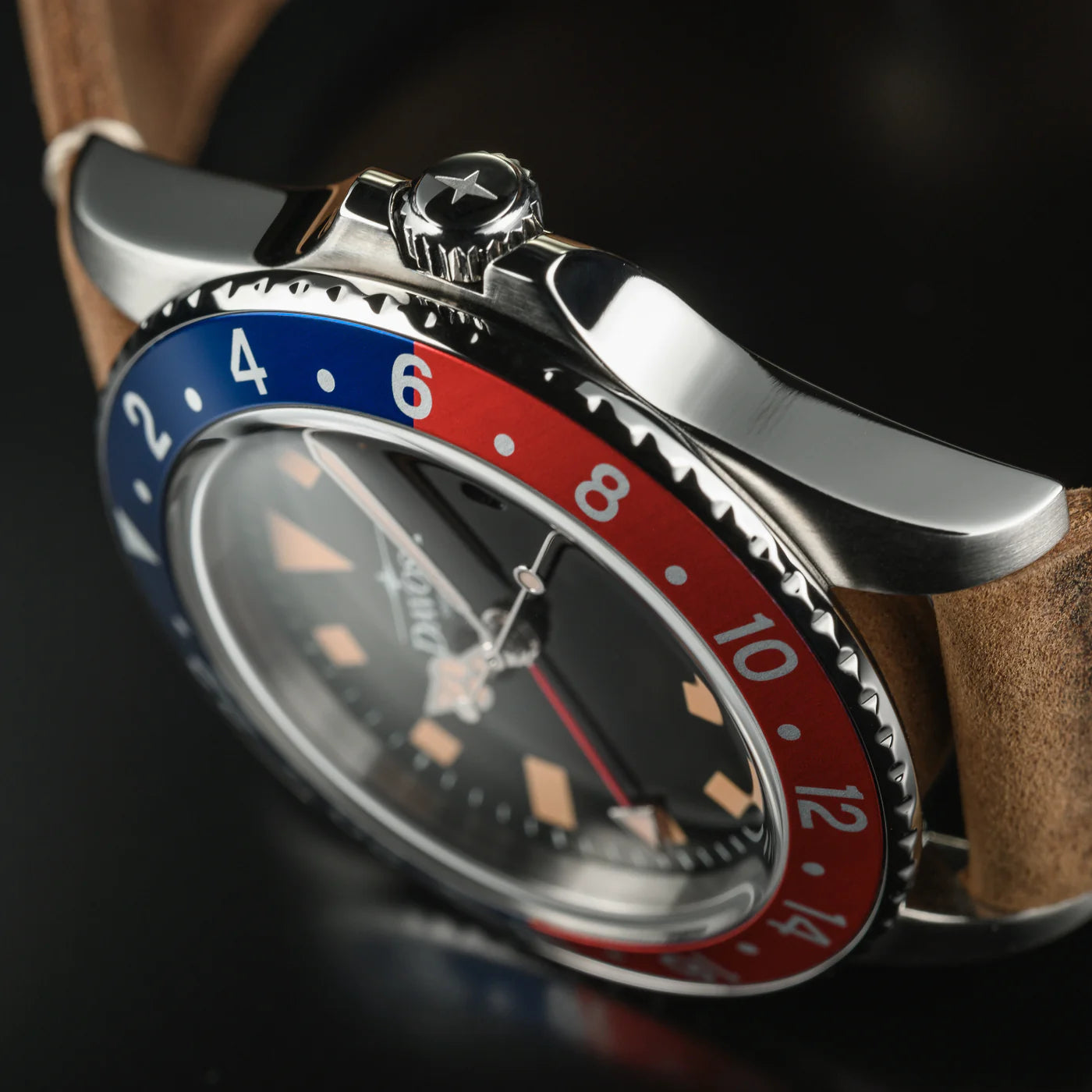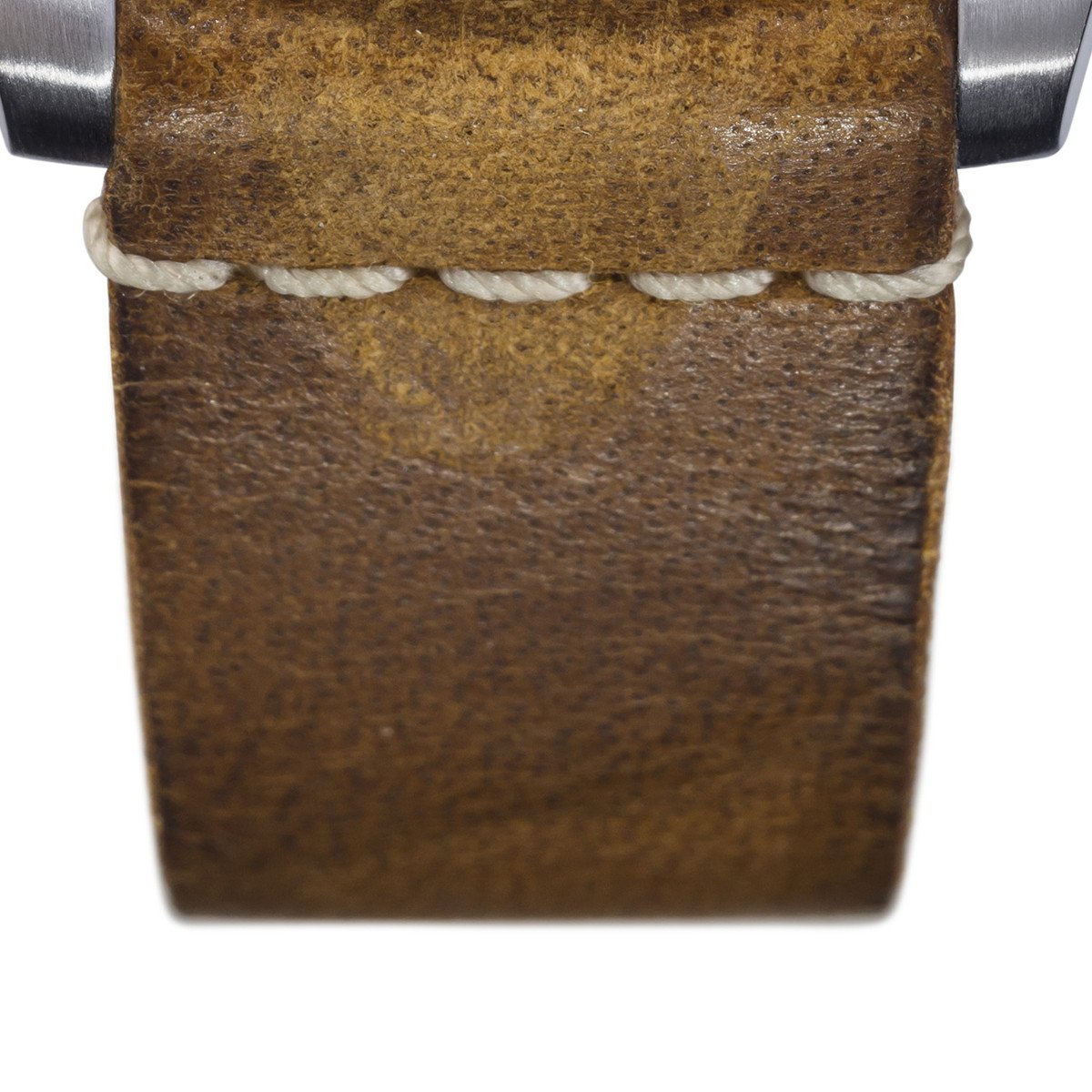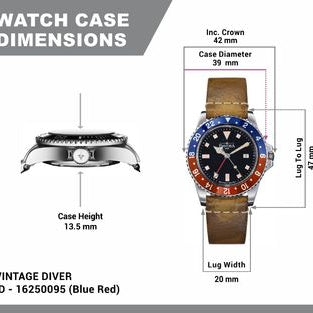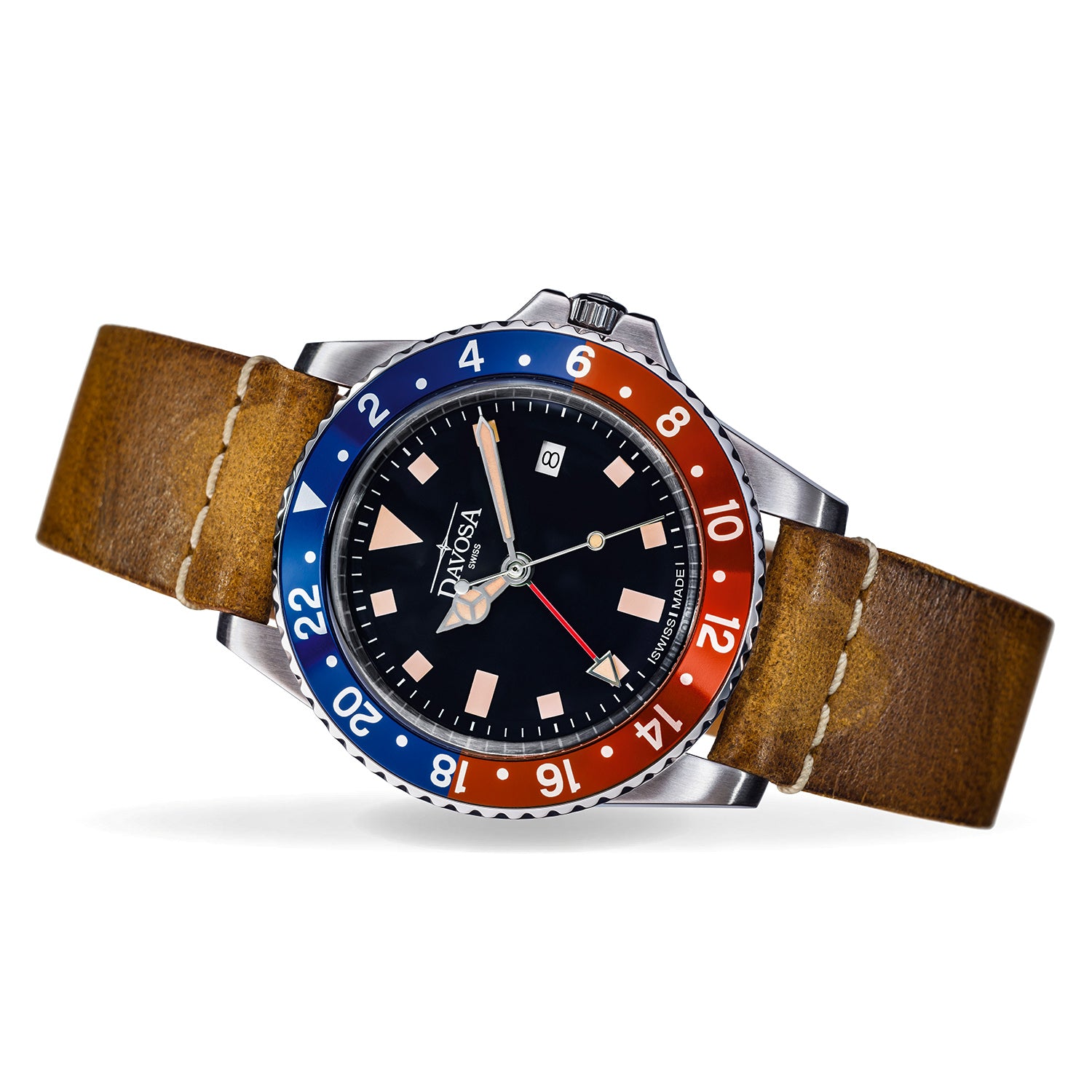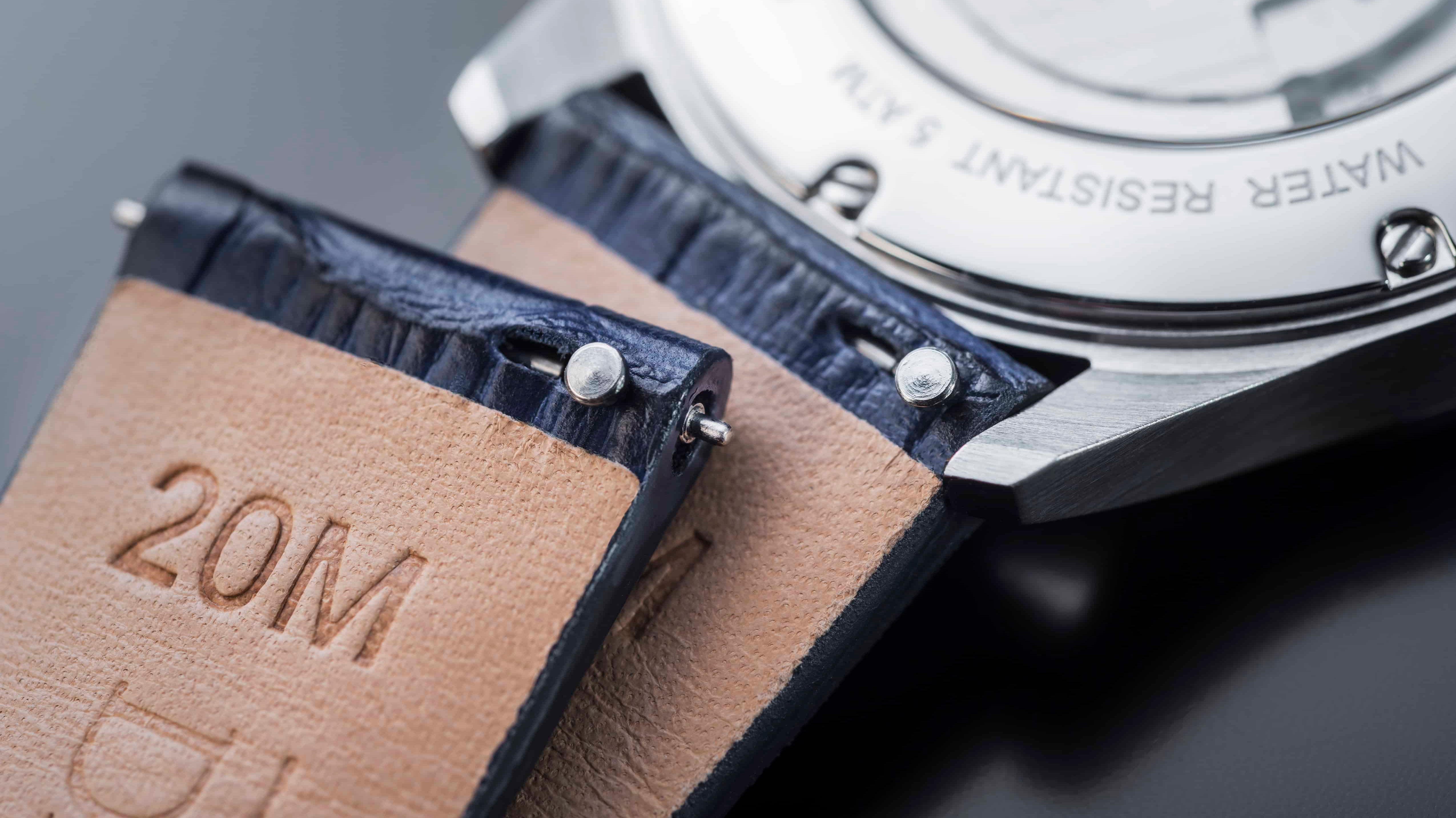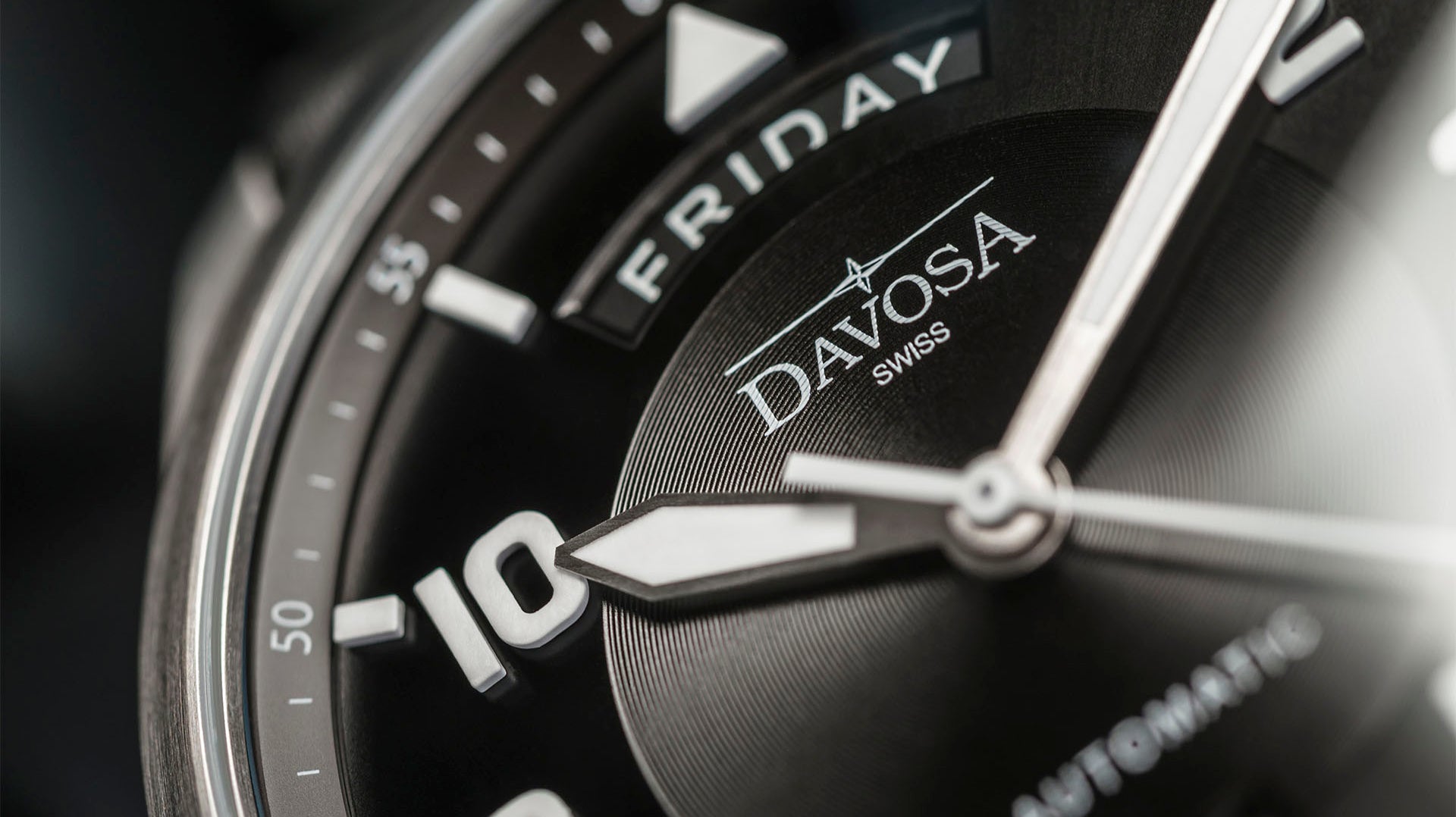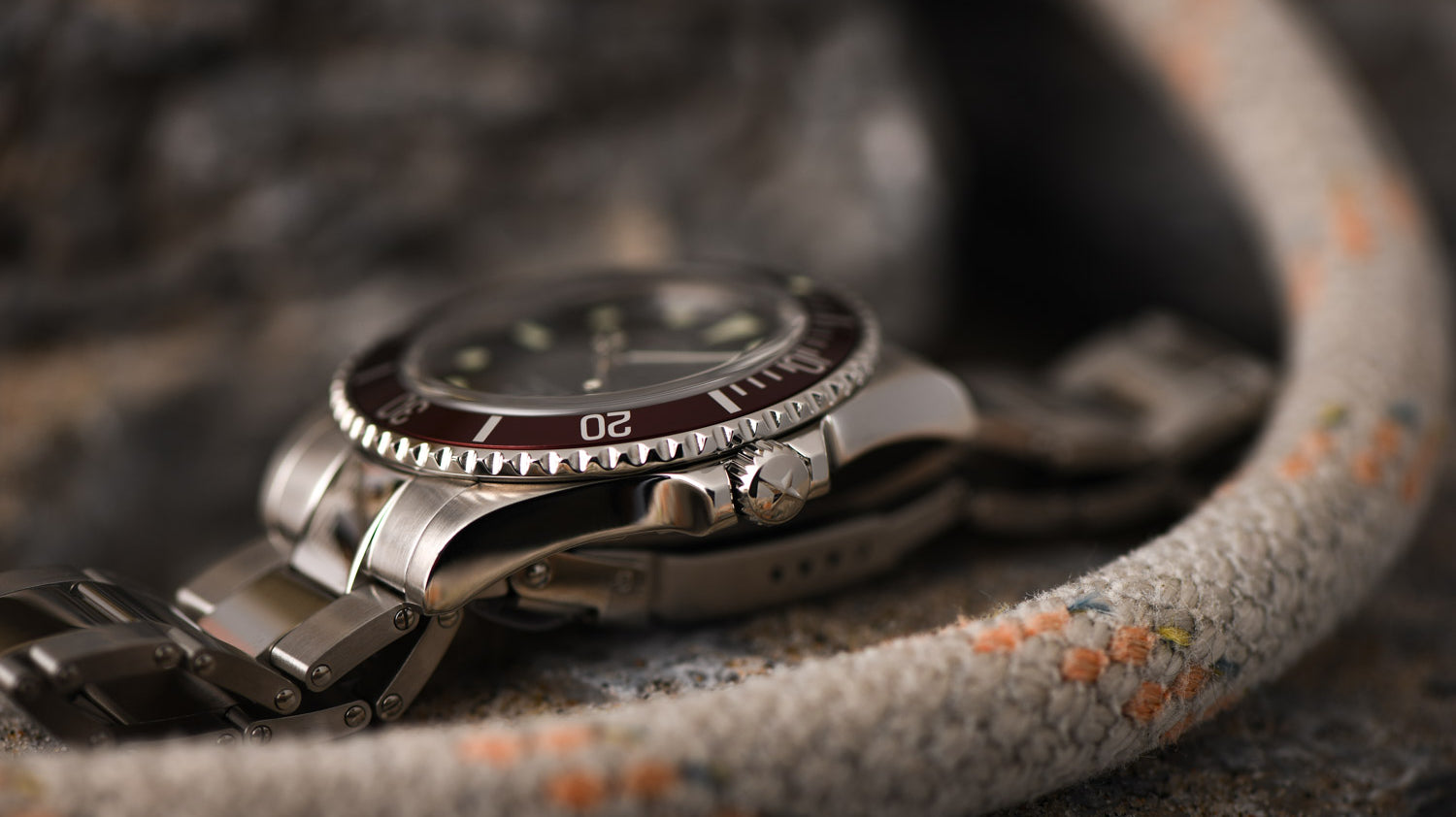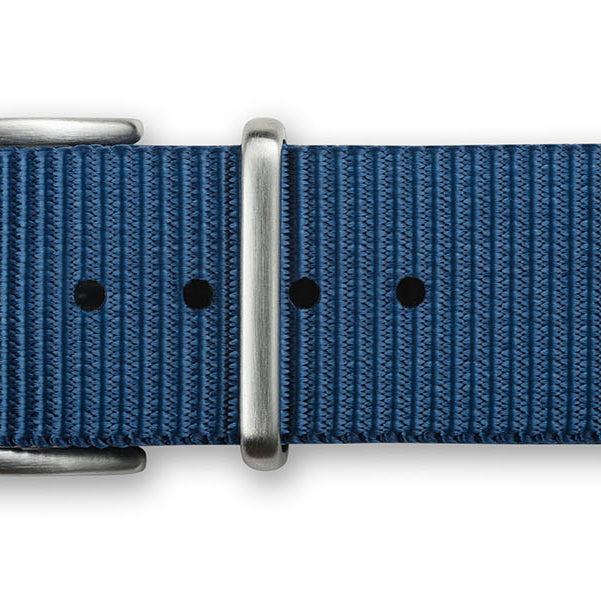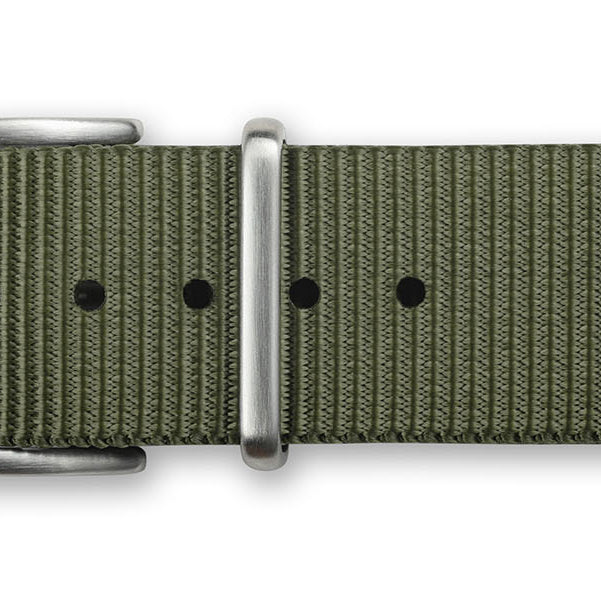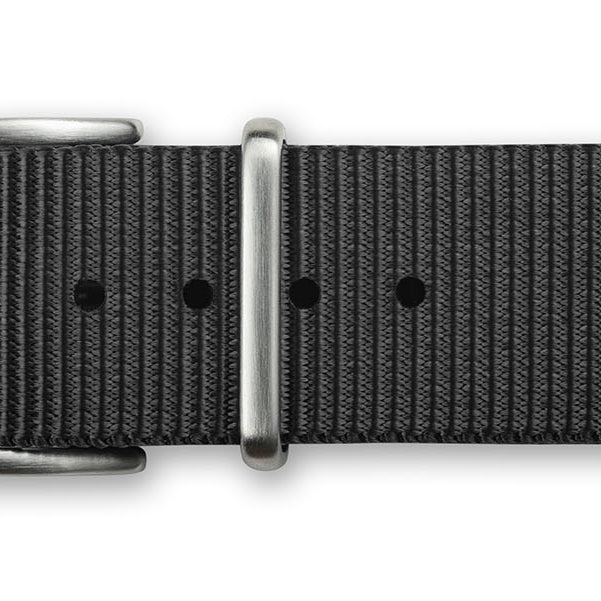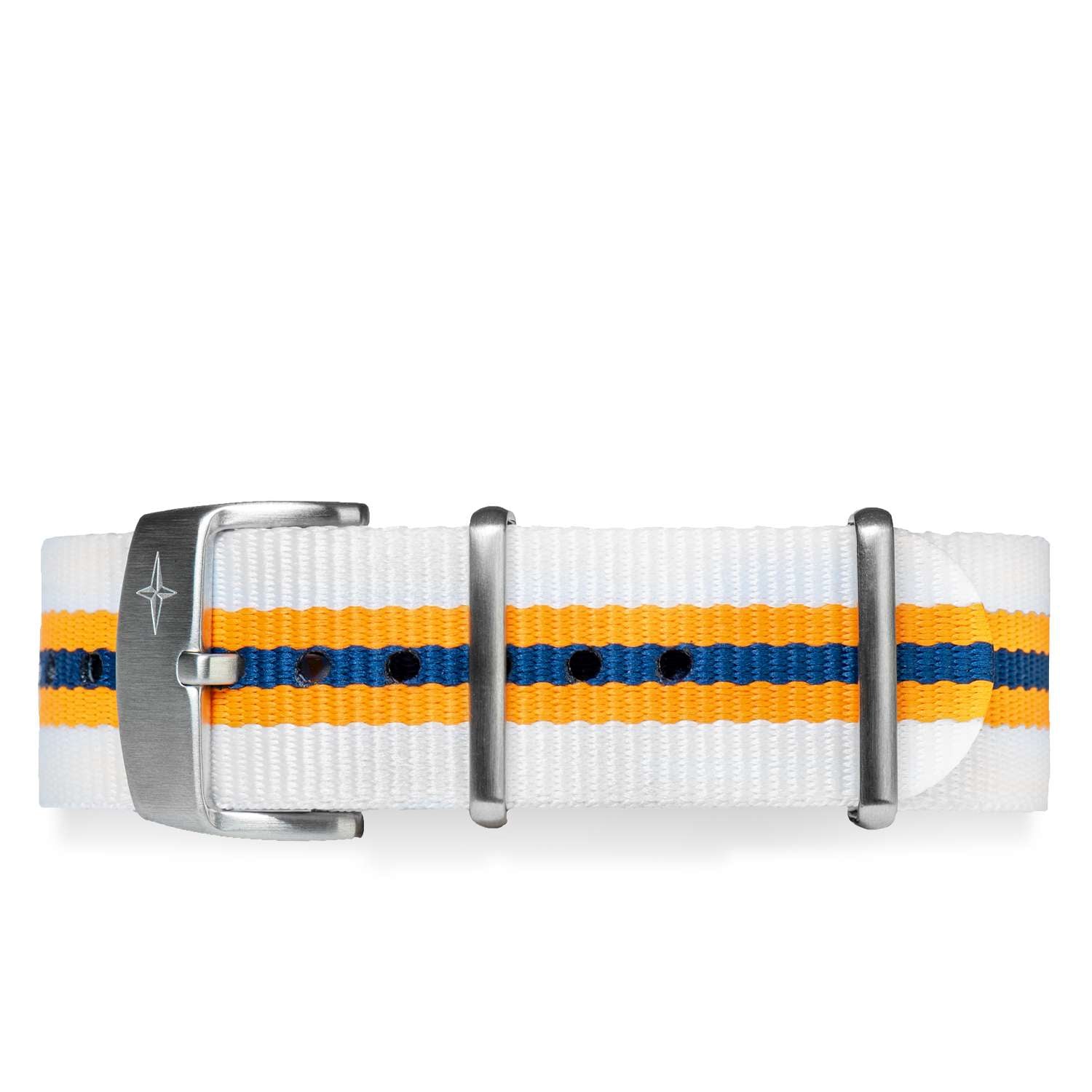If you are a watch enthusiast, you can't have failed to admire some superb vintage watches on the wrist of some other watch lover. Or you have appreciated the modern watches that continue to be produced with the typical vintage design, such as true watchmaking icons like the Cartier Tank or the Jaeger-LeCoultre Reverso. If this has happened to you, and you've been fantasizing about how to go about buying such a watch, you've come to the right place!
Are vintage watches worth buying?
The answer to this question is - absolutely yes. And for so many good reasons. Aside from the beauty and charm that a vintage watch conveys, we always have to think that there will be fewer and fewer working examples of that timepiece we're eyeing as the years go by. And that, therefore, it will probably maintain or grow its value. So we are always very firm on this point: if you don't know what you're doing, don't even think for a moment about investing in watches - but in the case of buying a vintage watch, more than an investment, it's storing value somewhere. With the bonus that - unlike other items - you can wear it around your wrist.
What are the downsides to buying a vintage watch? Unfortunately, the world of timepieces is full of sellers who are not precisely trustworthy. So, it can happen that with the purchase of a vintage specimen, you end up buying a fake or a watch that has non-original parts - the so-called Franken - or even a watch that suffers from mechanical problems that make it challenging to repair and functionally recover. But there are several ways to defend yourself - and we'll explain them below.
How old does a watch have to be to be considered vintage?
No real unambiguous definition tells us what is vintage and what is not: as time passes, the parameters change. That's why it becomes helpful to define a few terms that watch enthusiasts use to describe the condition of their watches.
A "new watch" is precisely what it sounds like: a timepiece that has never been worn and likely, is still plastered by the plastic films used to protect it. Of course, a new watch always comes with its kit, consisting of the original box and papers, which include its "ID card" with serial number, if it is a watch that carries it, the owner's manuals, the receipt of purchase, and the manufacturer's warranty.
A NOS watch is basically a watch that is perhaps old - meaning made several years ago - but has never been used. The acronym NOS stands for New Old Stock. Again, typically NOS watches include the original box and papers, as well as the original strap.
If a watch has been worn, it is referred to as "second-wrist" (watch enthusiasts do not use the term "used"). A second-wrist watch is usually a recent watch that its buyer has worn and should have its kit and papers available, as well as its original strap (and most importantly, buckle). If this is not the case, the watch loses value when exchanged.
The term "vintage" is used for older watches, including all timepieces that start with the development of wristwatches. For earlier timepieces, i.e., pocket watches made before the 20th century, the term "old" or "ancient" is usually used if they are particularly valuable - and in the case of watches, these two words have a respectful meaning.
So what is the cutoff point between second-wrist watches and vintage watches? As we said, there is no unanimity - but many watch enthusiasts place it in the Quartz Crisis of the early 1970s. Everything before that is considered vintage; everything after that, second-wrist.
What makes a vintage watch valuable?
If we could answer this question in a way that works for everyone, we'd already been rich. The answer is that every antique object, including watches, has value because a buyer recognizes it - but all buyers are different. In addition, some characteristics make a vintage watch more valuable than another. Still, these are evaluation elements that must be taken as a whole and are not, and cannot be, some kind of "magic formula."
1 - Brand Importance
An important brand "weighs" more than an unknown brand. So, for example, if you have two perfectly identical watches, one of which is branded Omega and the other is branded Alpha, you can be sure that the Omega will be worth more, precisely because Omega is a very famous and recognized Maison in the watchmaking community.
2 - Original Dial
In vintage watches, the importance of the dial, at least nowadays, is paramount: and modern fashion demands that the dial be coeval with the watch, even if it may be a bit ruined. In the 1980s, it was widespread for ruined dials to be reprinted to make them clearly readable, making the watch less valuable today.
3 - Manufacture Movement
The most famous watch companies manufacture their own movements, even if they sometimes use calibers purchased from others. For one, Jaeger LeCoultre is known as "The watchmaker of watchmakers," as it has supplied movements to Patek Philippe, Vacheron Constantin, and Audemars Piguet throughout its history. But as a general rule, a watch with a manufacture movement is worth more than one with a caliber purchased from another manufacturer (called ébauche).
4 - Quality of the movement and decorations
Some movement characteristics make it more precious than others, such as machining and decorations, including surface finishes. For example, the presence of the so-called Cotes de Genève, parallel stripes on the movement; the perlage, which is a surface texture made of small discs; the anglage, a bright polishing carried out on the oblique surfaces of the bridges in the movement; or finally, the precious black polish, which makes the metal shine like a black mirror.
5 - Technical aspects of the movement and cases
Some movements are technically more elaborate than others and have more sophisticated solutions. For example, better calibers usually have a higher number of jewels, and better craftsmanship (instead of being simply mounted, they are inserted in bezels and screwed down), the presence of a micrometric regulator, a Breguet balance spring, or thermally-blued screws. Finally, a better movement incorporates significant horological complications such as perpetual calendar, moon phases, chronograph, tourbillon, or other technical features, such as skeletonization or an ultra-thin movement. The principle is that anything that adds special functions to a mechanical watch usually adds value as well.
Why are vintage watches so popular?
Vintage watches have only recently become fashionable again. Up until a few years ago, especially during the years of the quartz explosion, they weren't highly regarded - which allowed many people to get great deals. And the reasons are easily understandable.
For one thing, the world of watches closely resembles that of clothing since the timepieces, for many reasons, are considered by many to be a fashion accessory, on a par with glasses, belts, or shoes. True or false, this means that they are subject to fashion - and as such, we know that styles change over the years.
For example, when wristwatches were first launched, wristwatches were square or rectangular. This was the "modern" style of Art Deco, which wanted to differentiate itself from previous art movements - and so wristwatches, which were a total novelty, also had to differentiate themselves from pocket watches, which were instead round.
In addition, the typical men's watch from the Second World War until the Seventies were the so-called dress watches: an elegant watch, generally made of gold with a leather strap and minimal case size, from 30 to 36 millimeters. However, the watches introduced in the seventies were instead very large, flashy, and made of steel, so totally different from before.
Today, with the overwhelming return to mechanical watchmaking and vintage design, which is also proposed in "Heritage" watches that revive historical models of the various Maisons, we are returning to appreciate these small vintage watches - and therefore, to wear them also for their aesthetic characteristics that are quite different from those of "modern" watches. This vintage look is very popular in the production of modern microbrand watches as well.
What do I need to know before buying an old watch?
Before buying a second-hand or vintage watch, it would be important to know watchmaking history, especially regarding the technical evolutions that determined the development of certain specific elements in watches, which also helps in their dating. Unfortunately, it is such a vast field that it is practically impossible, even for the most experienced professionals, to be able to acquire a total mastery of all the specific topics, so the best thing, if you are intent on buying a vintage watch, is always to rely on an expert. Your trusted watchmaker will surely be willing to help you in your search for a vintage watch of your interest and will be able to help you avoid falling into the most common pitfalls that a less experienced user could end up in.
A good tip is to rely on "established and professional" sales channels. For example, several e-commerce sites specialize in buying and selling second-hand watches. If they continue to operate for years and have many positive reviews from buyers, then you can be reasonably sure that by purchasing a timepiece from them, you will end up with an authentic watch.
The same can be said for the more prominent auction houses: that is, those that have a curator. In these cases, the auction house entrusts one of its experts with the item for sale so that he can make an assessment about its value and check that it is an authentic and original watch in all its parts. In the case there has been any replacement over the years - and it is possible since we are talking about mechanical objects that can break during use - this fact should be well indicated in the description and expressed in the proposed evaluation. Buying from them also leaves you an official declaration about what you have bought.
A third way to buy original vintage watches is to rely on the power of communities. There are plenty of busy watch forums online, crowded by users who share a passion: in this case, watchmaking. And they populate these forums, which often have marketplaces where users offer their watches for sale or exchange.
If a long-time user of a forum (and usually, it is easy to verify that he is one) offers a timepiece for sale, it is very likely that it is in precisely the condition he says it is. This is because the social pressure of communities is very strong, and this turns out to be an advantage for the buyer. And sometimes, it also allows you to find a new friend.
How can you tell if a watch is vintage?
As we said above, it is not so easy to make sure that a watch is vintage, and above all, that all the pieces that make up the watch are cohesive: unfortunately, this is a knowledge that comes mainly from experience, and it would not be enough even a dedicated article, however long, to explain all the "tricks" of the trade.
However, we can give some summary indications, which are certainly valid to help determine approximately the age of a watch. In this case, the keyword is "help": each element we cite below represents nothing more than a clue, and only a good investigator can manage to connect all the dots to date a watch accurately.
Let's start with winding and setting of the watch movement. If the winding of a pocket watch is done through a key and not through the usual crown, we can say that the watch dates back more or less to before 1850.
Let's move on to the pallet, which is the element that distributes the movement to the balance wheel. The pallet is typically moved by a wheel, called the escapement wheel. If the escapement wheel is connected directly with the axis of the balance, without any other intermediate elements, it is a cylinder escapement, a solution used more or less until the end of the nineteenth century.
On the other hand, if there is an additional element (called a pallet) between the escapement wheel and the balance wheel, we should take a look at it. For example, if the pallet of the watch has two small vertical rods, it is a pin-pallet, an inexpensive mechanism invented by Roskopf in 1870: therefore, the timepiece comes from later than that date. On the other hand, if the pallet looks like a small anchor, with two rubies placed at the ends of the arms, it is a higher quality movement featuring a lever escapement, also probably later than 1870.
If the case of a wristwatch has fixed lugs, called wire lugs, we can say that it probably dates from around 1925 or before that: springbars, which we still use today, were invented around that date.
If the upper jewel of the balance wheel does not have an anti-shock protection mechanism, the watch is probably from earlier than 1935, since the first mechanism of this kind, the Incabloc, was invented around that date. However, there is one crucial exception: Breguet watches, which mounted an element achieving the same function called pare-chute.
Automatic watches, that is mechanical watches that wind automatically because of the movement of the arm, come from the 1930s onwards. There are two main types of automatic winding systems: the bumper mechanism and the central rotor mechanism. The bumper mechanism - an oscillating mass moving between two extremes - was mainly used in watches from 1930 to 1960. The central rotor mechanism, the most popular today, was launched on Rolexes around 1930 but was then re-engineered and adopted by other manufacturers from the 1950s onwards.
Electromechanical watches - with hybrid solutions using batteries and traditional mechanical elements - were launched from the early to late 1960s and then replaced by quartz watches, which became widespread from the 1970s.
Finally, a big help comes to us from serial numbers. If yours is a watch belonging to an important Maison, it may carry a serial number: and there are many lists available online that inform us about when a specific serial number was issued. Comparing this to the items we've highlighted above should make it easier to tell if a watch is coeval or not.
In summary
As always, it's challenging to give unequivocal answers to precise questions in a complex field full of variables like watchmaking, so we feel like giving a piece of advice to aspiring vintage watch buyers: the first thing to do with a watch of this type is to take it to your trusted watchmaker - and if you're in the know, it's always valuable and instructive to be by his side when he takes it apart so that he can explain what's right and wrong with the watch you've brought him.
From direct experience, a professional independent watchmaker can only love vintage precisely because he can discover systems that maybe he has only heard of: and this results in his personal involvement, which becomes a passion beyond the technique and the profession.
Ninety-nine times out of a hundred, take a vintage watch to a watchmaker, and you'll make yourself a new friend.

The Davosa-USA.com website is NOT affiliated in any way with Audemars Piguet, Franck Muller USA, Inc. Richard Mille or Richemont Companies, Seiko, or any other brand which is not Davosa Swiss. Rolex is a registered trademark of Rolex USA. Davosa-USA website is not an authorized dealer, reseller, or distributor for Rolex and is in NO WAY affiliated with Rolex SA or Rolex USA or any other brand besides Davosa Swiss. |


